- Thursday, June 12, 2025
- Stay Connected
 Abraham Lincoln
If given the truth, the people can be depended upon to meet any national crisis...
Abraham Lincoln
If given the truth, the people can be depended upon to meet any national crisis...
 Guildford news...
for Guildford people, brought to you by Guildford reporters - Guildford's own news service
Guildford news...
for Guildford people, brought to you by Guildford reporters - Guildford's own news service
Birdwatcher’s Diary No.188
Published on: 4 Jun, 2019
Updated on: 5 Jun, 2019
By Malcolm Fincham
With most of the local summer visiting birds now either seen, photographed, or having past through without my noticing them, there was now little possibility of adding any to this year’s sightings, locally.
My only chance now was likely to see them on their return through at summer’s end. At least, that’s what I thought.
It was, however, now rapidly becoming that time of the year to catch up on some of the butterflies that I hadn’t yet seen. Some of which had already started to emerge.
Although wood white butterflies had already been reported on the the wing, it wasn’t untill May 19 that we had our first opportunity to visit Chiddingfold Forest. One of only a few strongholds they can now be seen in the southern parts of the UK.
The deep blue flower spikes of bugle lined the track and woodland clearings, attracting both wood whites as well as brimstones to their nectar.
Brimstone butterflies seen earlier this year were still on the wing, with many now mating.
A few dingy skipper butterflies could be seen there, and also seen at a number of other places I later visited.
Also there in good number were speckled yellow moths, often mistaken as butterflies.
Although blackcaps and garden warblers continued to sing, they had become more elusive than on our previous visit. Most of the nightingales had also fallen silent, having now found their mates.
A male broad-bodied chaser buzzed passed and settled for a while on a fallen tree stump.
The Forestry Commission had once again been felling some of the pine trees in the area. Signs had been put up, saying “Danger, do not climb on logs”, and placed by the log piles they had left for removal. “If only I was still that agile!” I wishfully thought.
Of more interest to me were a group of ichneumon wasps. Also known as the “sabre wasp”. More of which can be read about on this link.
I also managed my first picture this year of a hornet while it was in flight.
A real bonus on my journey back to the car was a spotted flycatcher – my first this year! These birds, once a common sighting around the Surrey countryside, have, alas, now become a rare treat to see. And a welcomed and unexpected sighting too.
Nearer to home on Witley Common I was able to add a few more new butterfly sightings to this year’s list.
These included, green hairstreak.
Grizzled skipper.
As well as a few small copper butterflies.
Cinnabar moths, sometimes mistaken as butterflies, were also, now “on the wing”.
I was also able to add my first sighting this year of an adder.
Also getting a photo of a green tiger beetle.
A woodlark was also a welcomed addition, while there.
The sound of a willow warbler, perched in the topmost of a tall silver birch singing, added to the surrounding bird song.
As dry and pleasant weather continued, I was determined to remain productive in my travels to locations in the Guildford area.
A visit to Pewley Down on May 21 gave me the chance to see small blue butterflies on its southern slopes for the first time this year.
Along the blackthorn that runs along the ridge of the downs, I was also able to add a green hairstreak butterfly. While on both north and south slopes dingy skipper butterflies could be found.
Not far from the main public bridleways on the northern slope a pair of roe deer, spooked by my presence, stared my way momentarily, before scampering into the the surrounding undergrowth.
Later that day, on the other side of Guildford, along the River Wey near Trigg’s Lock at Sutton Green, Mayflies had started hatching from the water, flying up over the river and its banks.
This is a great time of the year for riverside birds such as grey wagtails, now feeding their fledglings.
Close to the river, a pair of common whitethroats could be seen, collecting food for their young too.
Looking across the meadow just upstream from the lock, Send church could be viewed, shrouded by trees in the lowering evening sunlight.
A hobby appeared over the trees, from the same direction, veering off as it approached me.
On the other side of the bank, rose-ringed parakeets could be heard in trees that lined the river.
One unusual parakeet looked rather strange as it flew by having lost its tail feathers.
I finally got around to visit “Colin” the celebrity, confiding cuckoo of local renown on my visit to Thursley Common. This was on May 23. It annually takes up residence in the Parish Field there.
Having been first reported there on April 10, and already posed for many a camera since its arrival, I felt obliged to add a few more to my library.
Of more interest was a male common redstart, perched up in a tree by the entrance to the field.
And especially watching a tree pipit as it rose up from its perch, high into the air, while singing.
Then parachuting down, in usual fashion, occasionally back on to it original perch.
As on my earlier visit to Witley Common, just across the A3 from Thursley, while walking around the Parish Field, I also added green hairstreak to my “day’s sightings”.
Although (according to an “app” on my phone), I walk between six and 10 miles most days, my legs have seen better times. More and more now I just as much enjoy watching nature come to me.
Finding a dead log (without wood ants) to sit down upon while breathing in the heathland air, suits me fine these days!
On one such recent evening on Whitmoor Common I watched a family of stonechat fledglings, still in close proximity of their parents.
Achieved a few pictures of “Colin” the cuckoo’s less confiding cousin.
And delighted in seeing, as well as hearing, for as long as I can remember, my first woodlark singing on wires.
I settled down and tuned in with my surroundings to see what might come my way.
First a roe deer appeared looking a little startled by my presence, though less so than the ones I had previously seen on Pewley Down, as it ambled by.
Next to pass me by was a fox, as always looking as guilty as sin of its previous crime. Giving a “sideways” glance as it passed by.
As the sun set over the distant hill and the light began to fade, a “roding” woodcock flew overhead uttering its strange, weak, high-pitched “tswik” call.
It wasn’t long after that the “churring” sound of a nightjar began.
Watching in the direction of the western sky, still lit up by the “afterglow” of the sun now out of sight over the horizon, I didn’t need to wait long before I was able to get my first sighting this year of a nightjar.
Even achieving a silhouetted, though rather grainy photo of it, as it fluttered butterfly-like in the night sky.
On May 26, in the company of good friends Bob and Dougal, while still hanging on to some dry weather we visited Noar Hill near Selborne in East Hampshire.
Our main aim was to see a Duke of Burgundy butterfly, no longer seen in Surrey, and missed from our list of sightings last year.
Although now becoming quite late in their season, we were able to count at least five, all of which were in good condition.
Several varieties of orchids were starting to emerge from the soil. Many of which I remain guilty of not knowing their names.
My personal favourite photos were a few “lucky” shots of a green hairstreak butterfly in flight, achieving pictures of its rarely seen brown upper-wings. As when they settle, they always keep their wings closed, only showing their green underwings.
I had seen a brown argus butterfly, that that had refused to open its wings just a few days before on a visit to Sheepleas near Shere.
With some time still in our hands and having seen all that we felt we needed to, we were tempted by continued reports of a rare UK sighting of a squacco heron at Tichfield Haven, along the coastal regions of Hampshire.
It had been seen in the area known as Posbrook Floods. I recall having visited there in January 2015 with Dougal, when another rarity, a greater yellowlegs, had visited.
Just like the “yellowlegs” the squacco heron had been mostly very elusive, hidden in the reedbeds on the farthest side of the “floods”. On this occasion we chose to park in Tichfield village and took a less arduous (and less muddy) walk down from its car park.
Looking out across the floods certainly brought back memories, and the the anxiety and hope to view the squacco heron brought back even more.
Eventually, with much patience, and Dougal’s expert scanning abilities though his “scope” we managed to pick it out, obscured by the reeds, though just about visible (at times) from its neck, upwards.
“Just two paces our way and it would be in fall view!” I frustratingly exclaimed!
And with much patience and some luck, it flew, briefly, into the air. Though only to return deeper into the reeds.



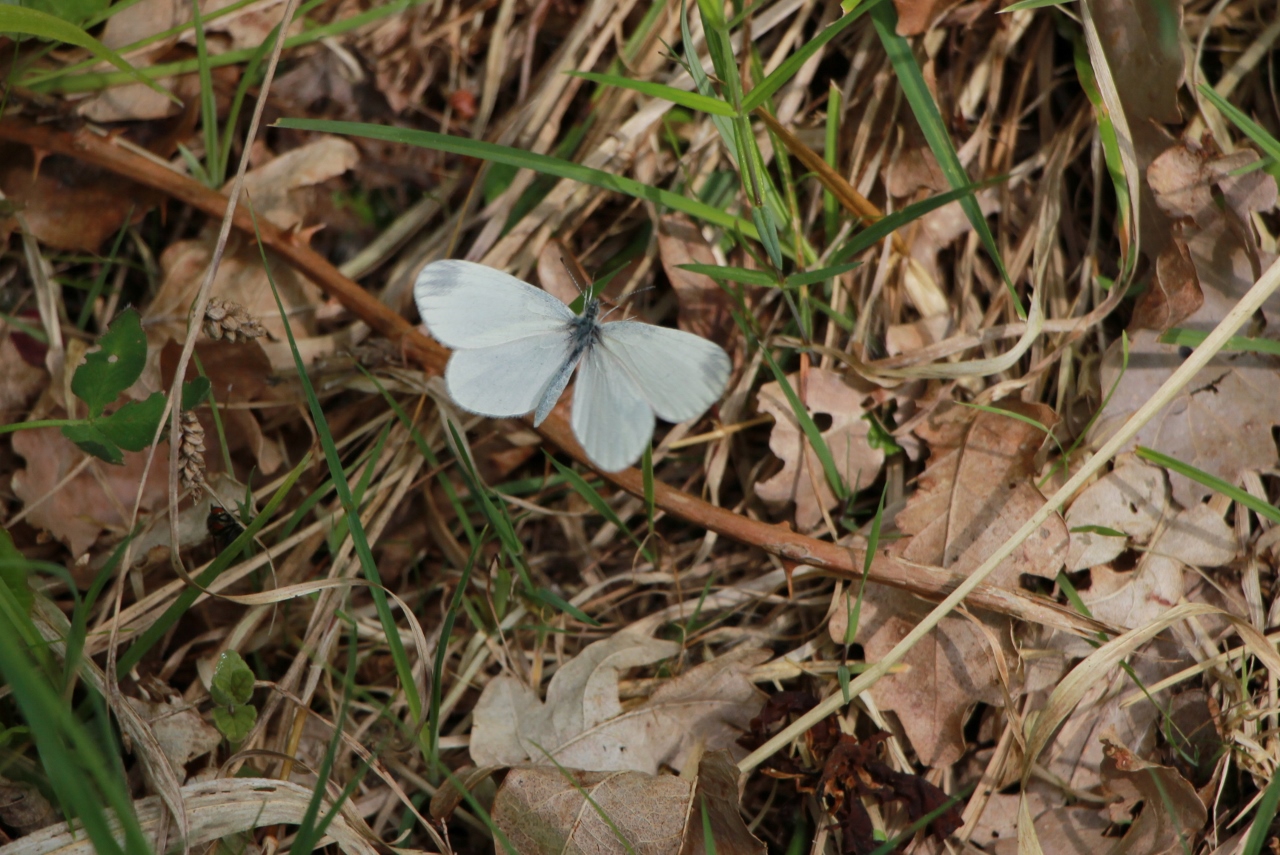

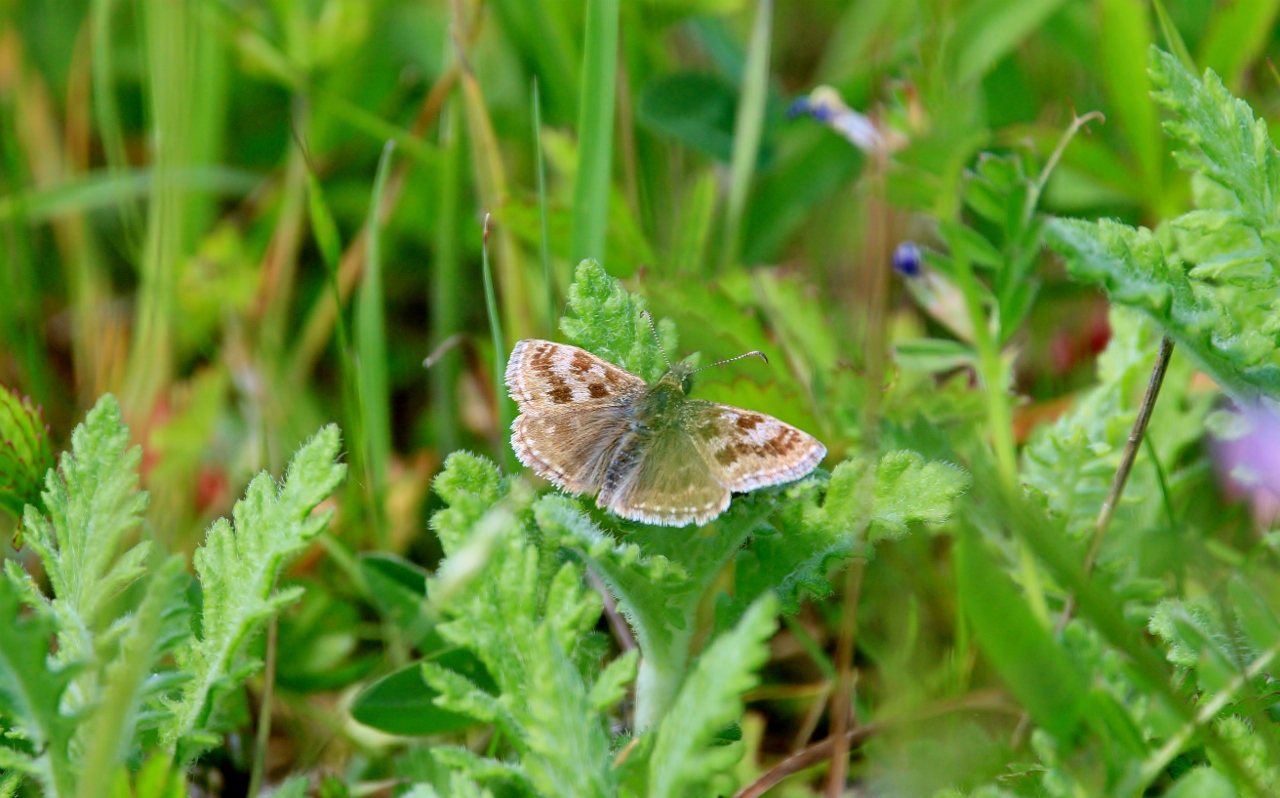
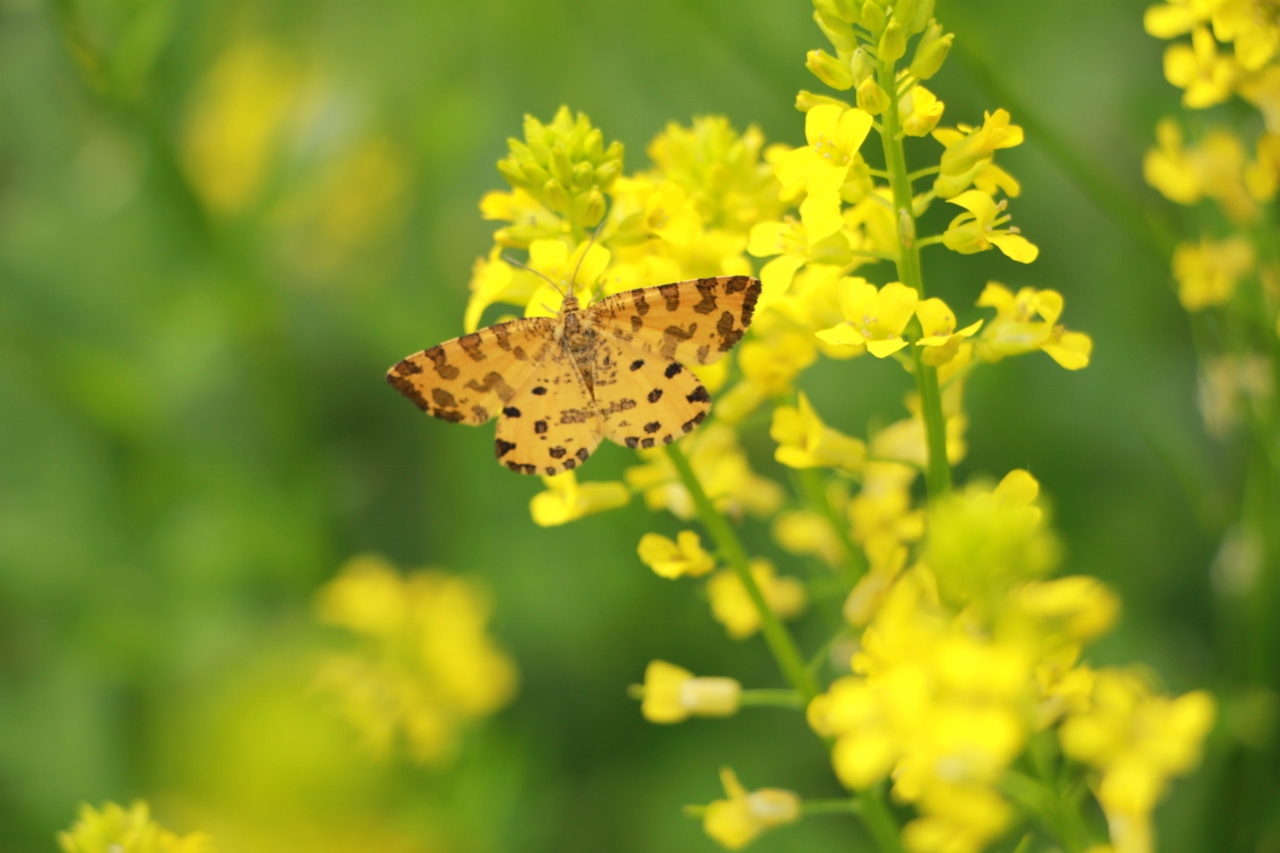
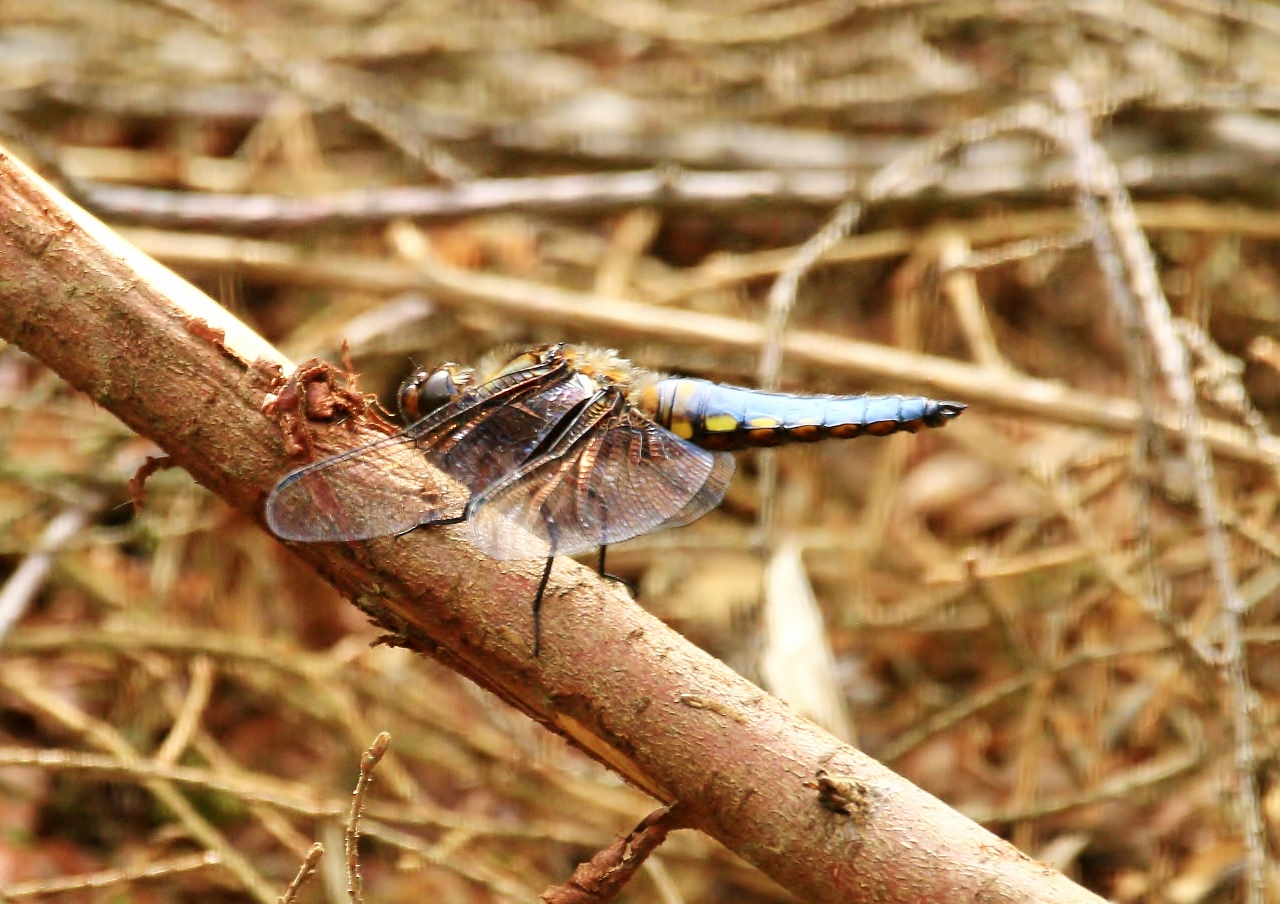
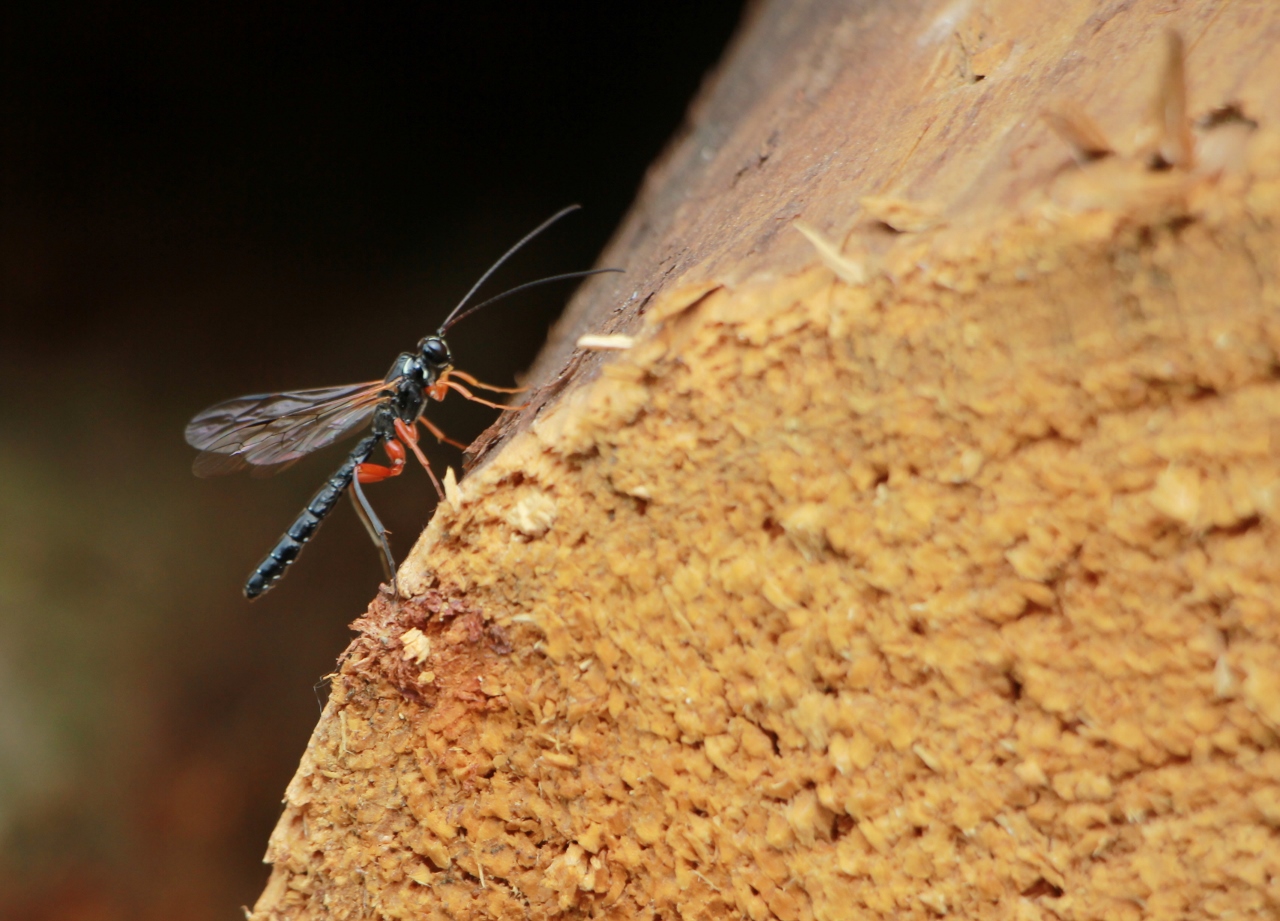
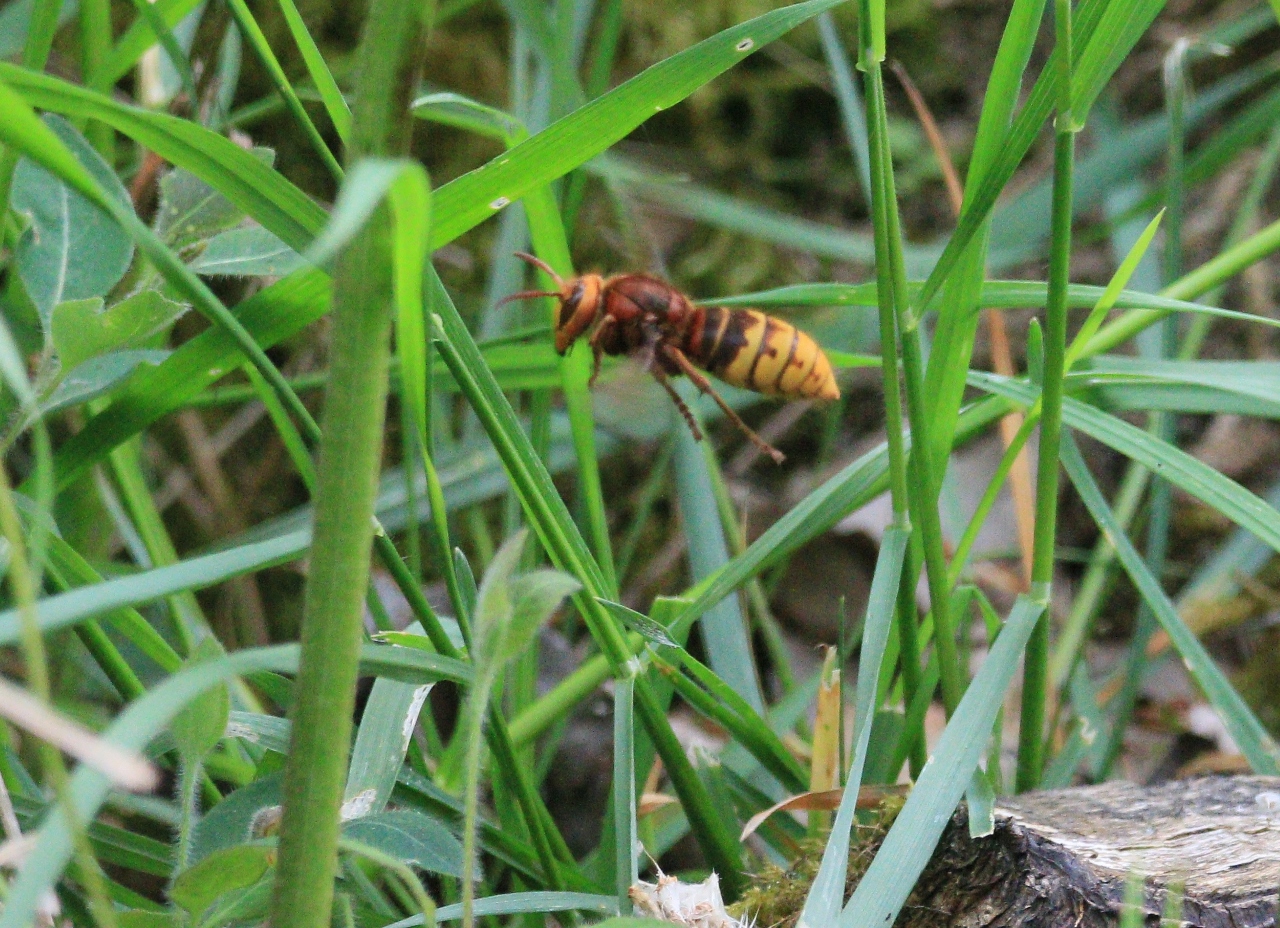
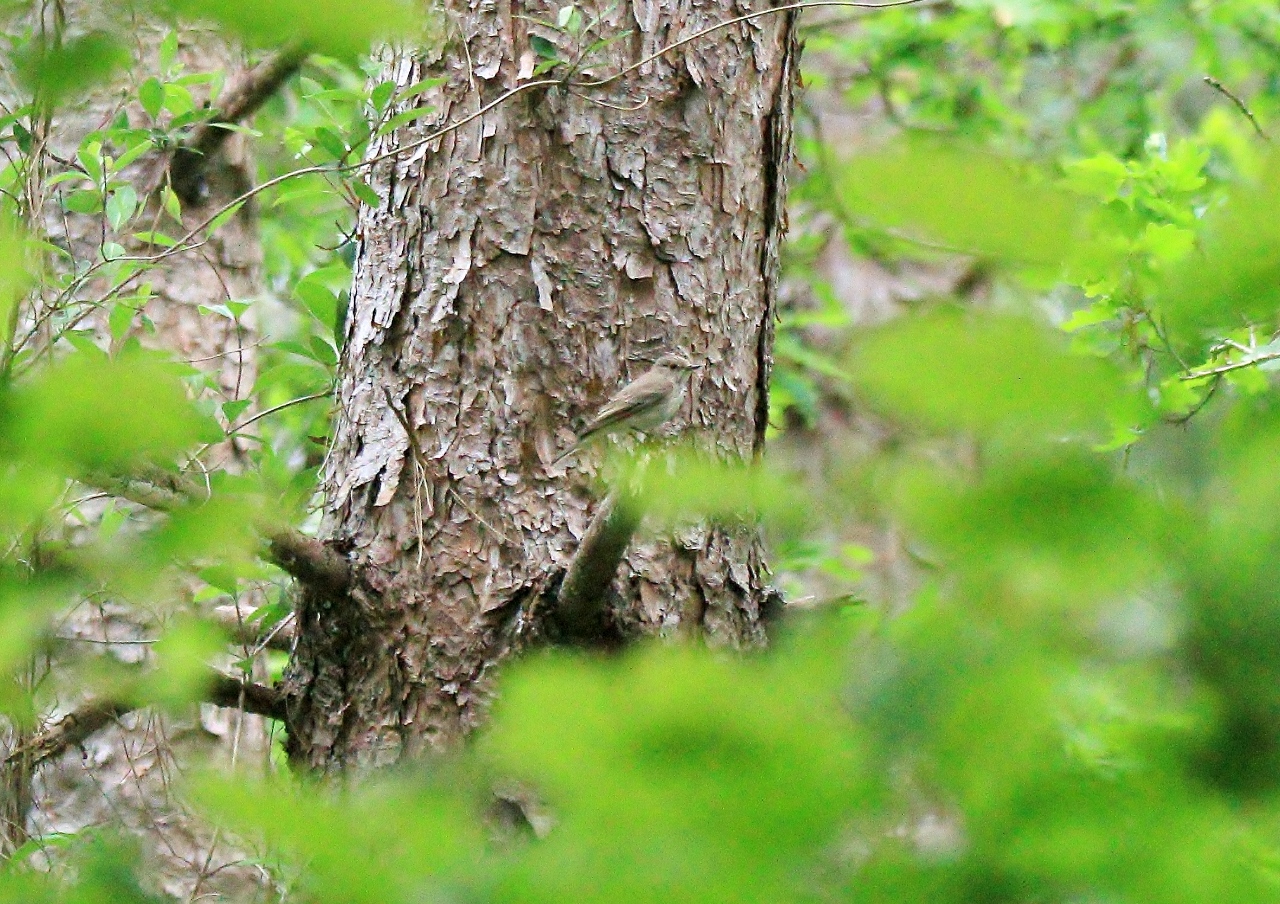
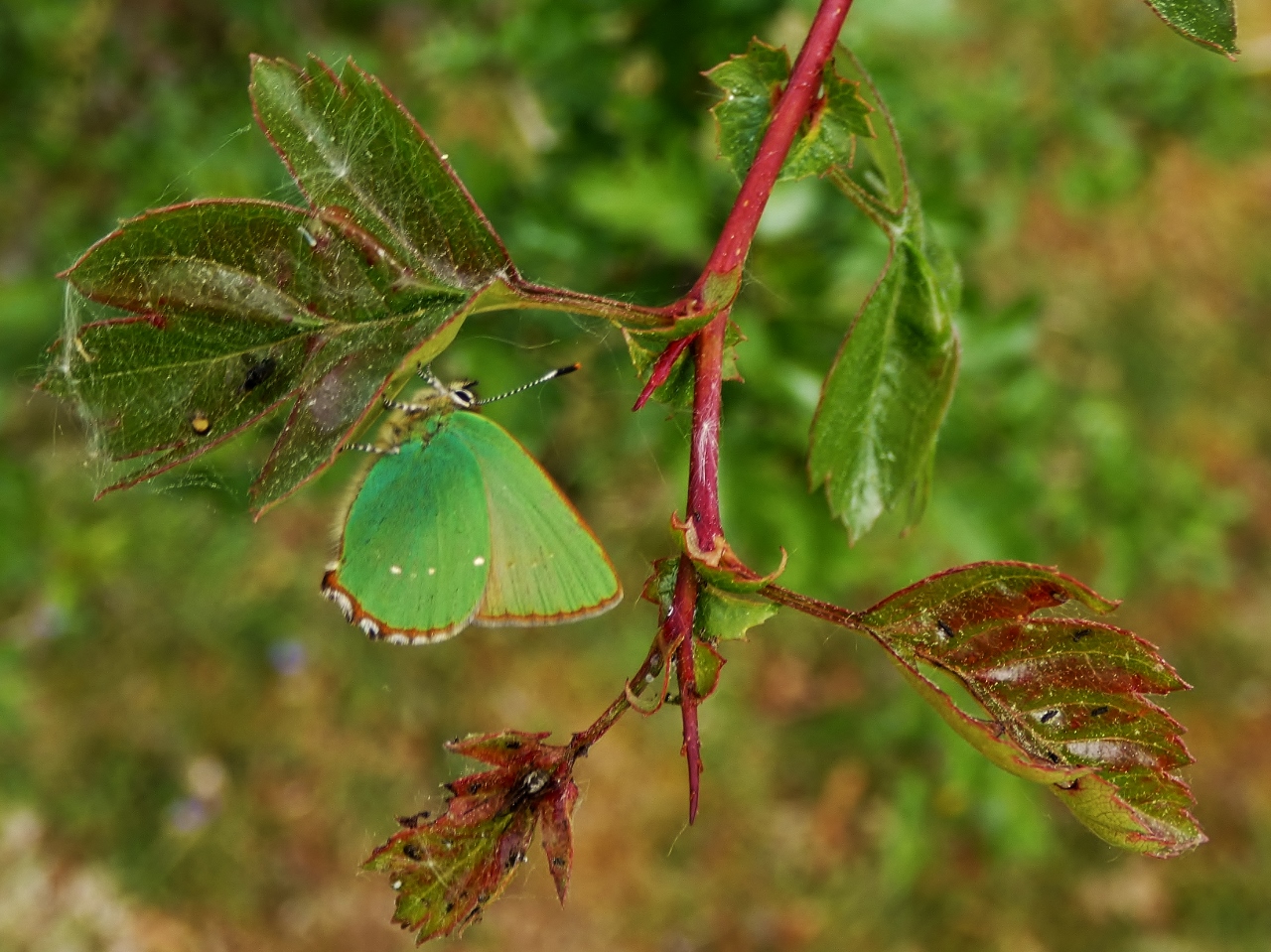
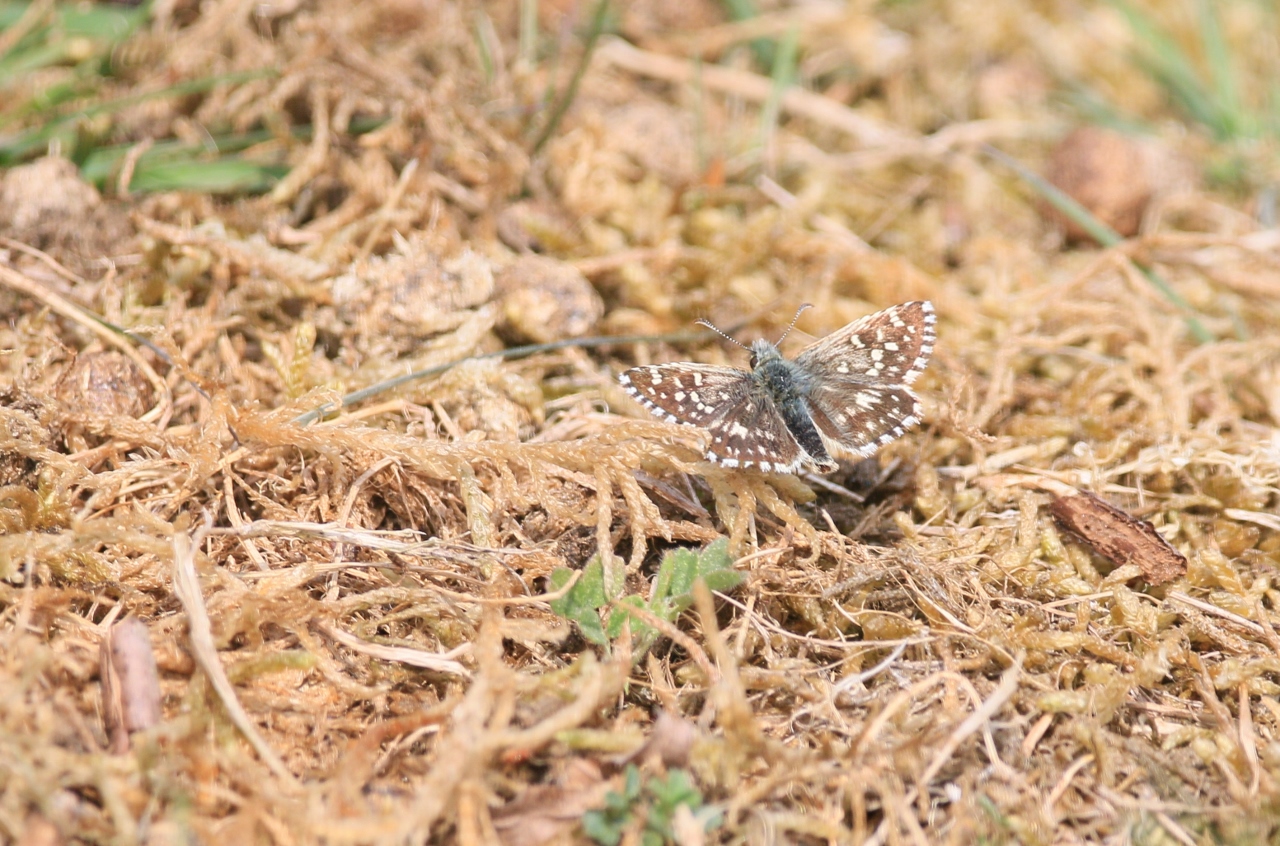
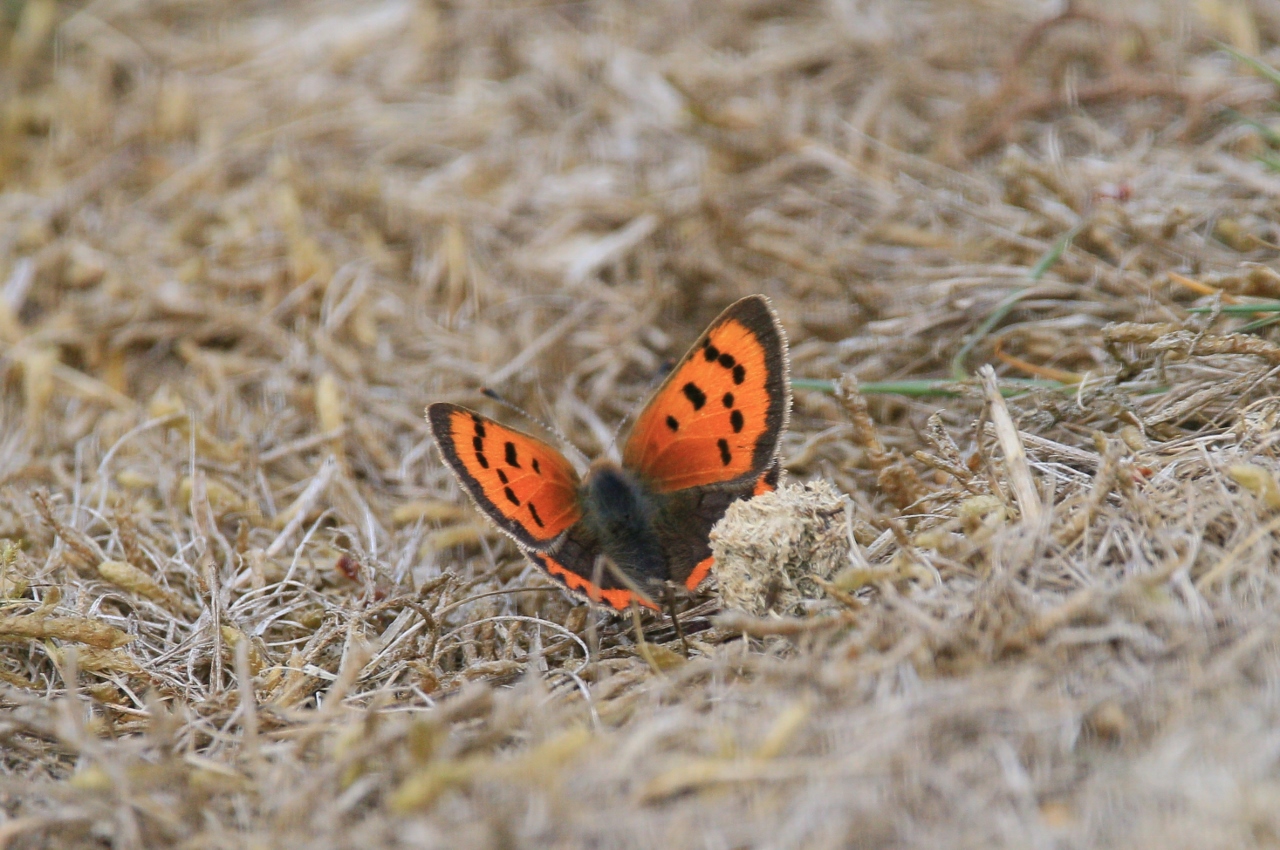
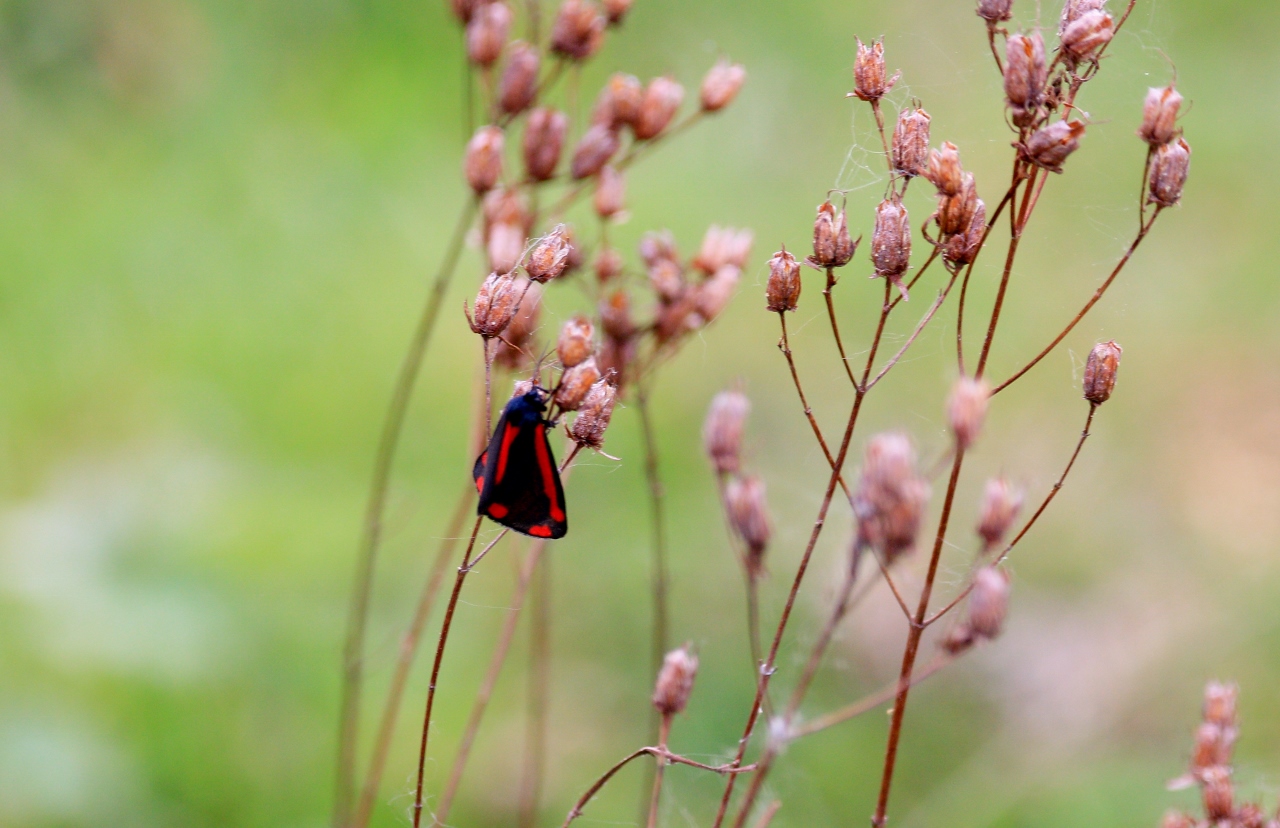
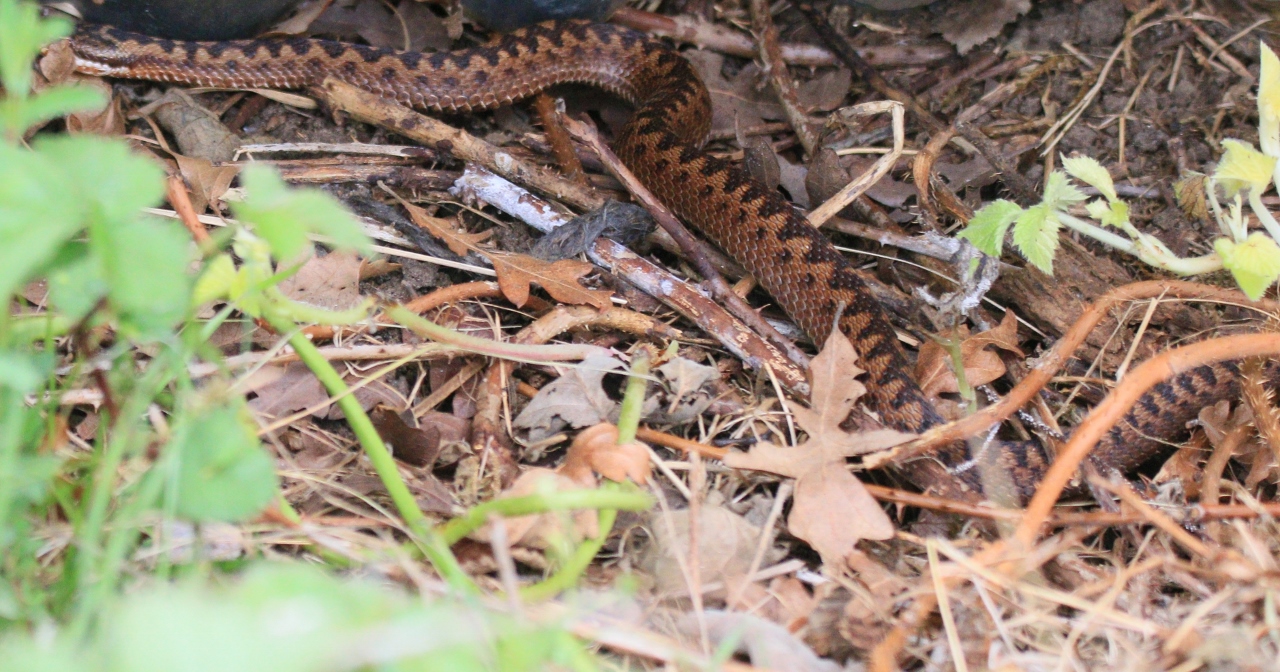
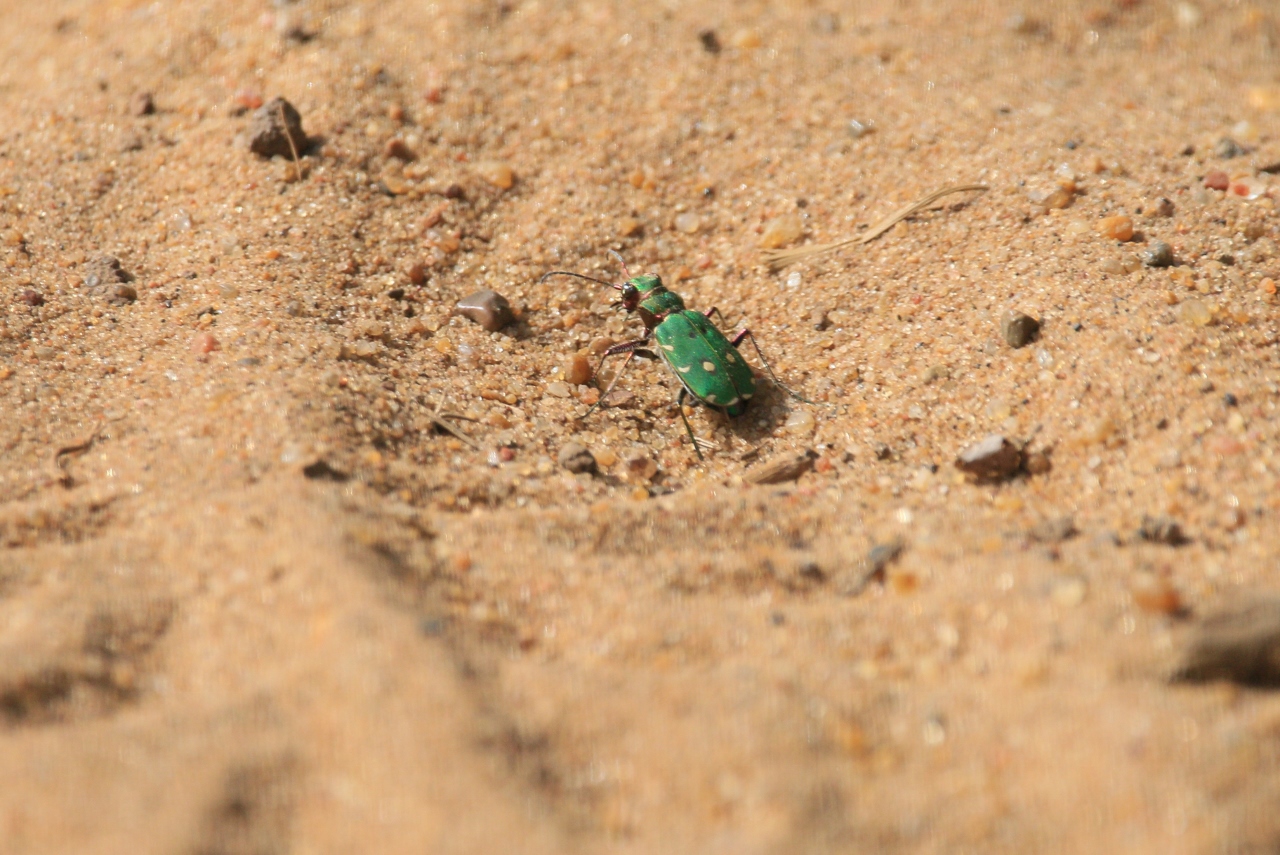
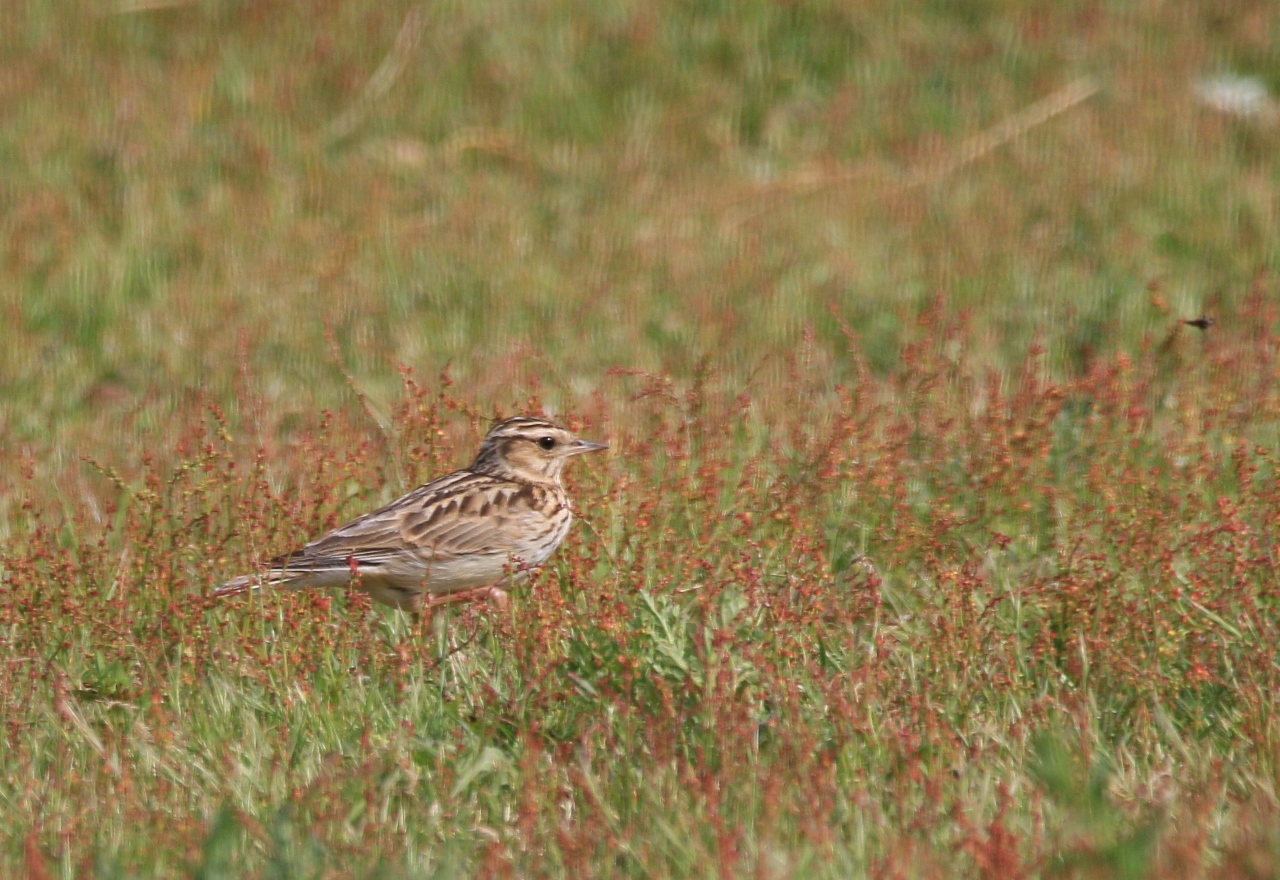
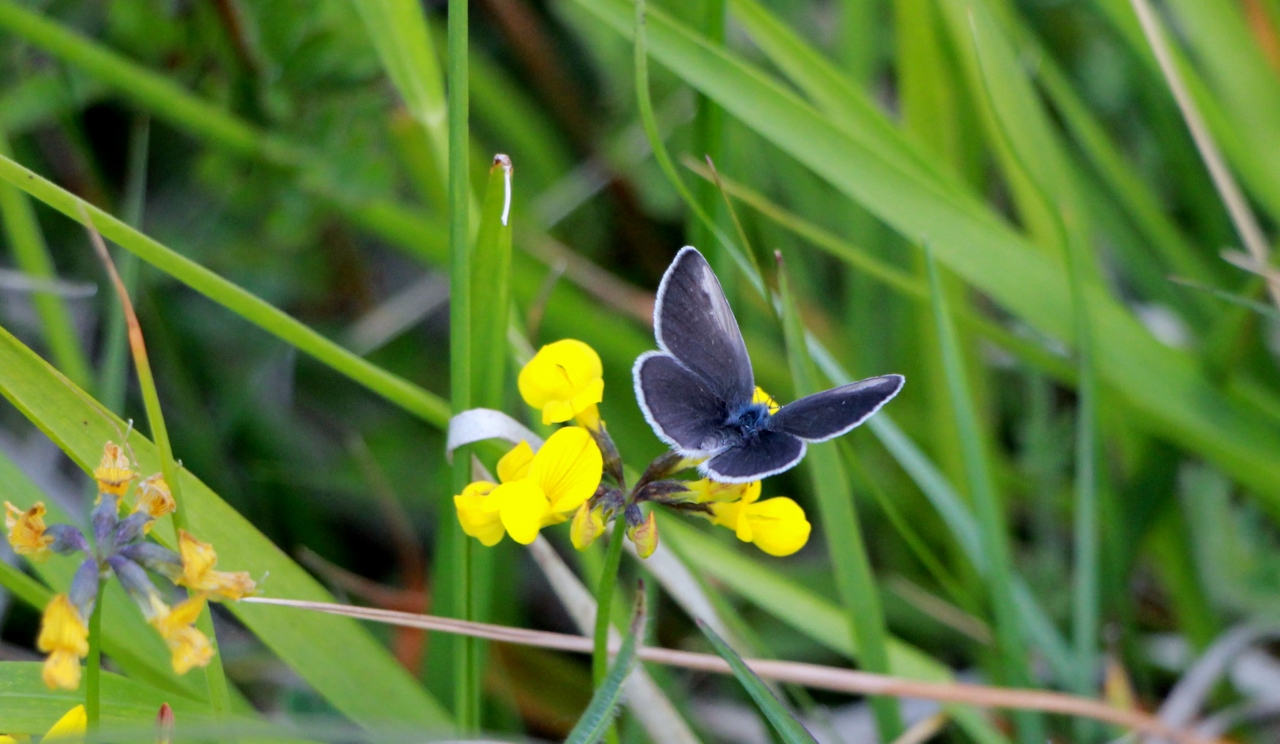
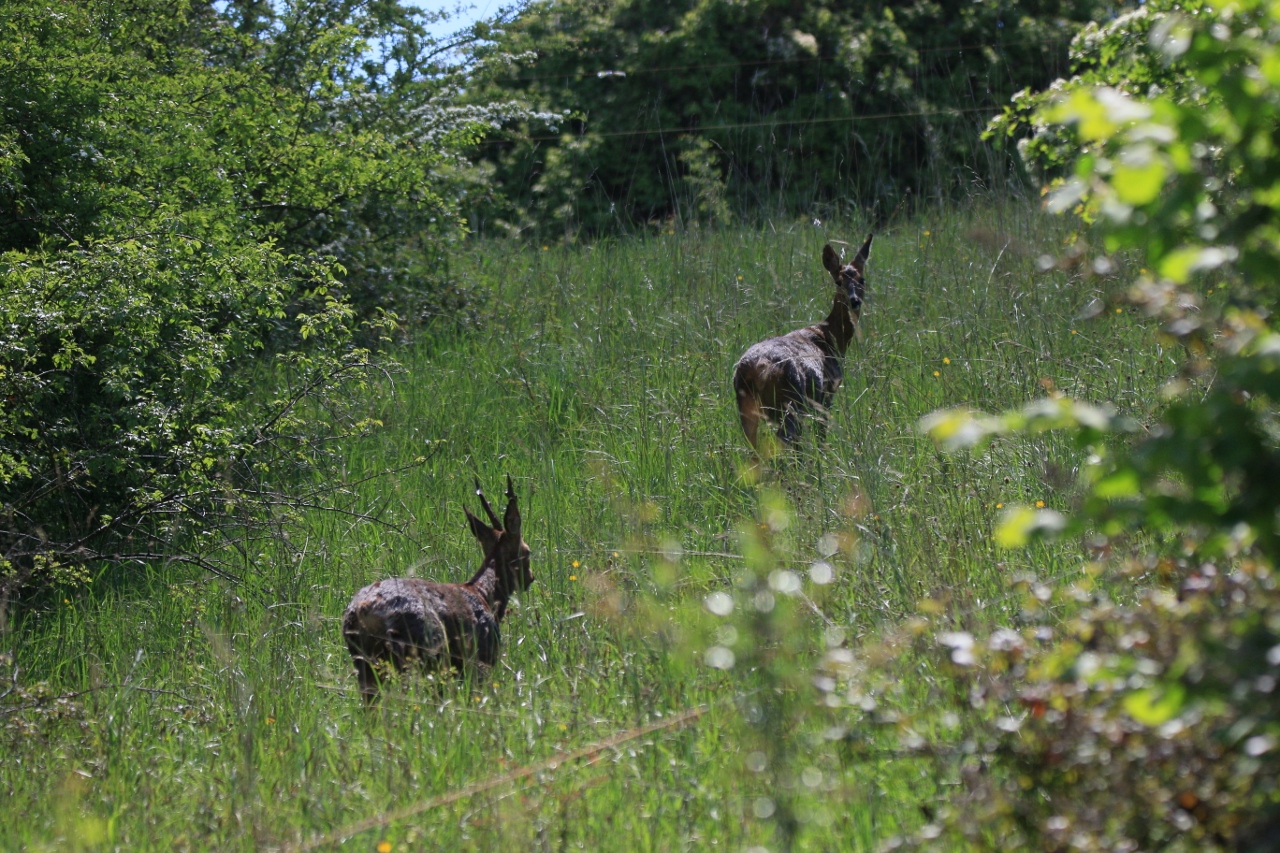
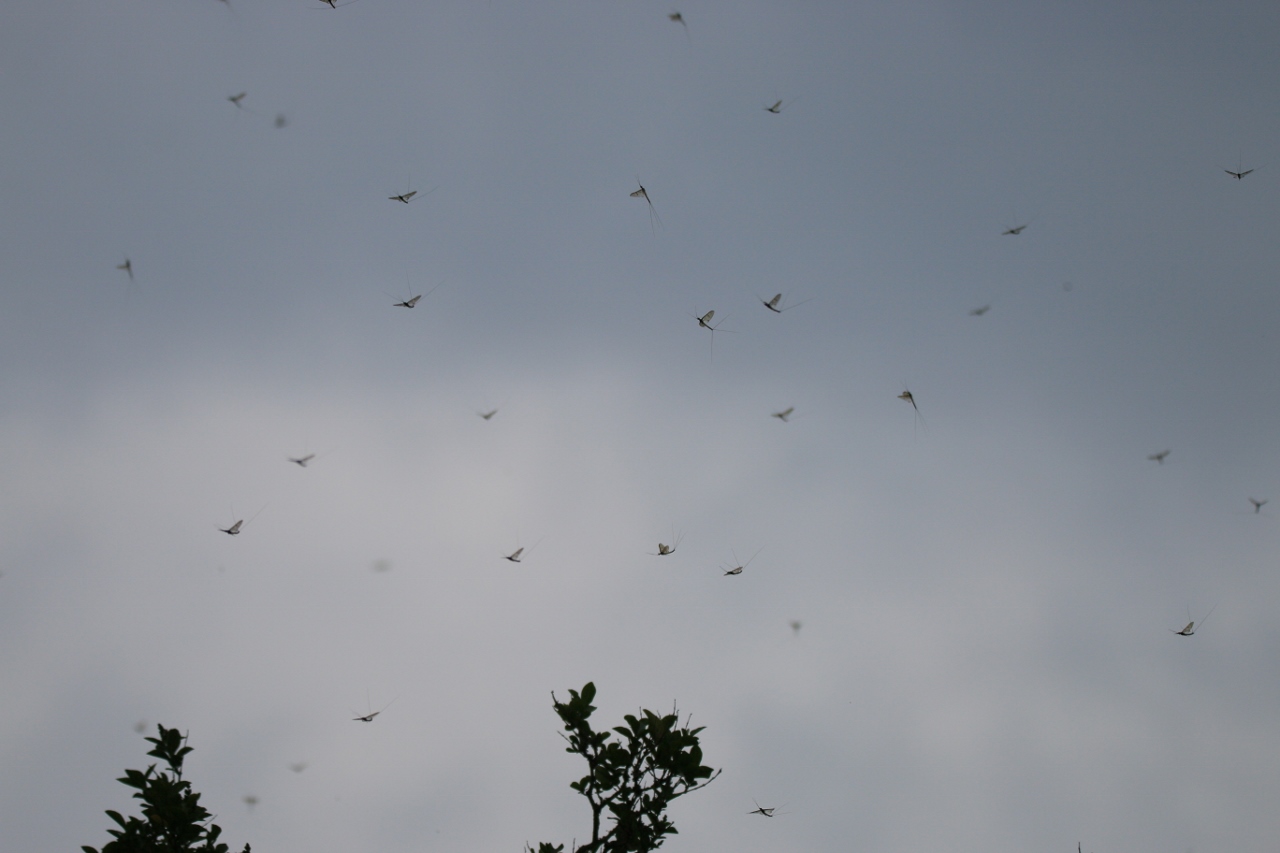
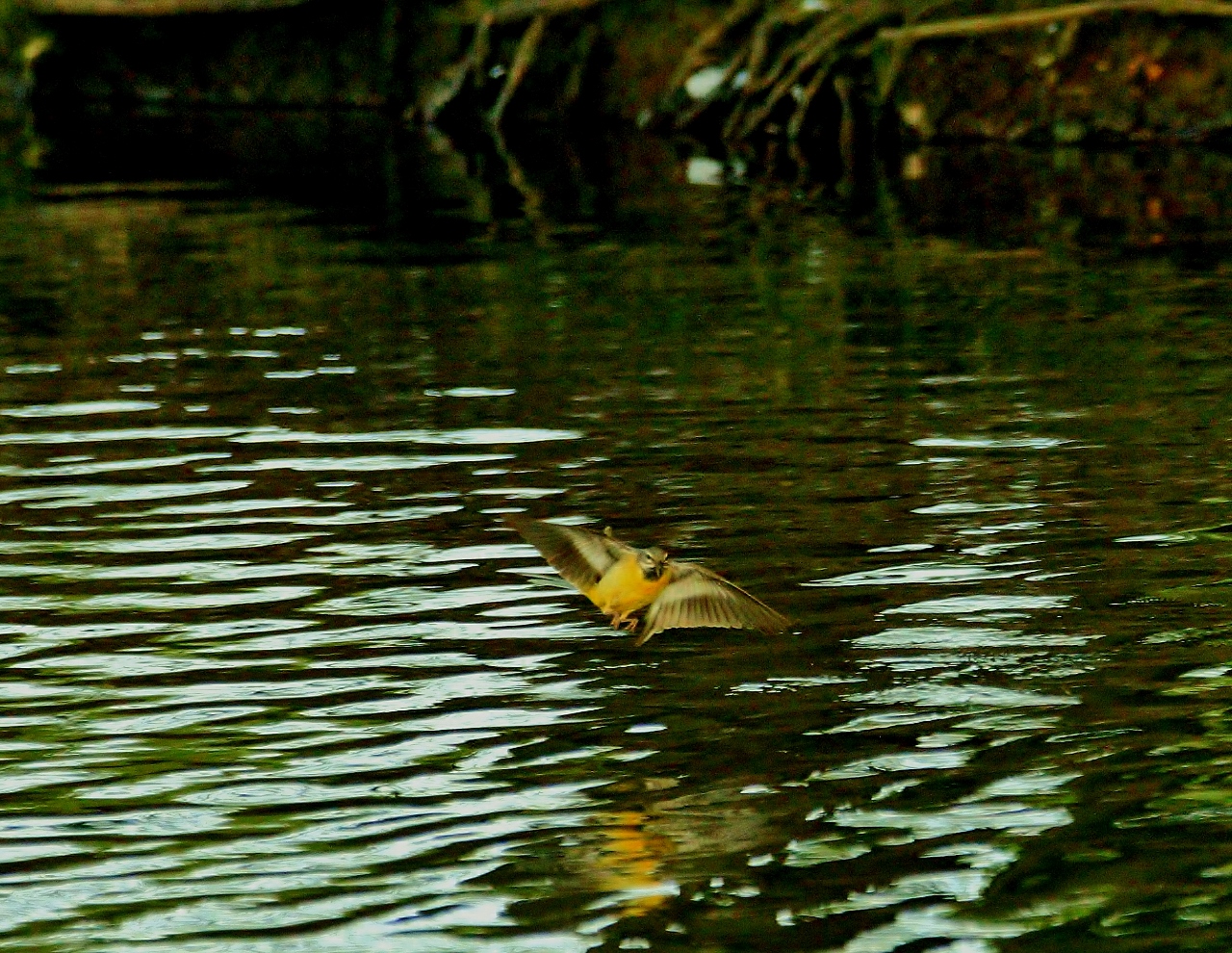
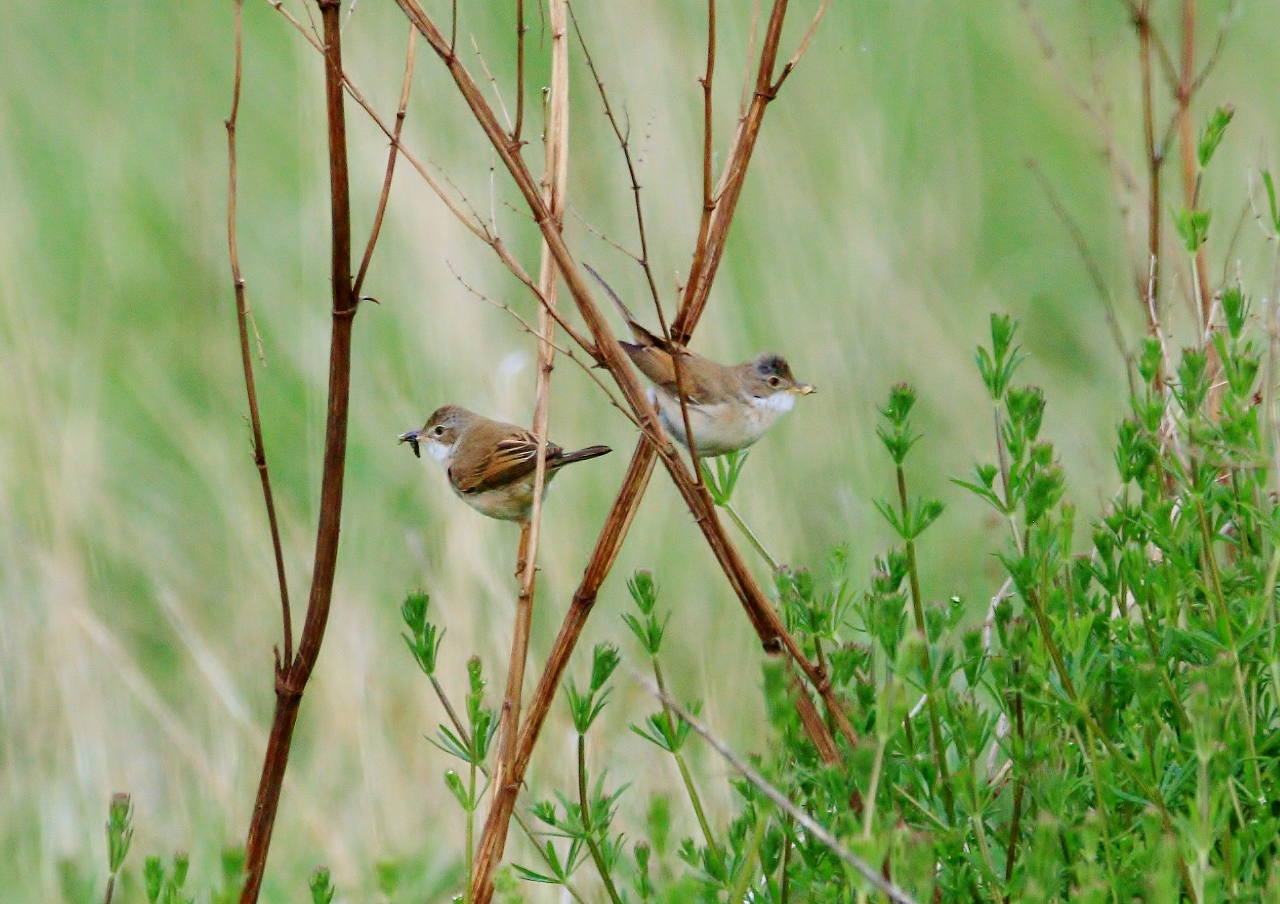
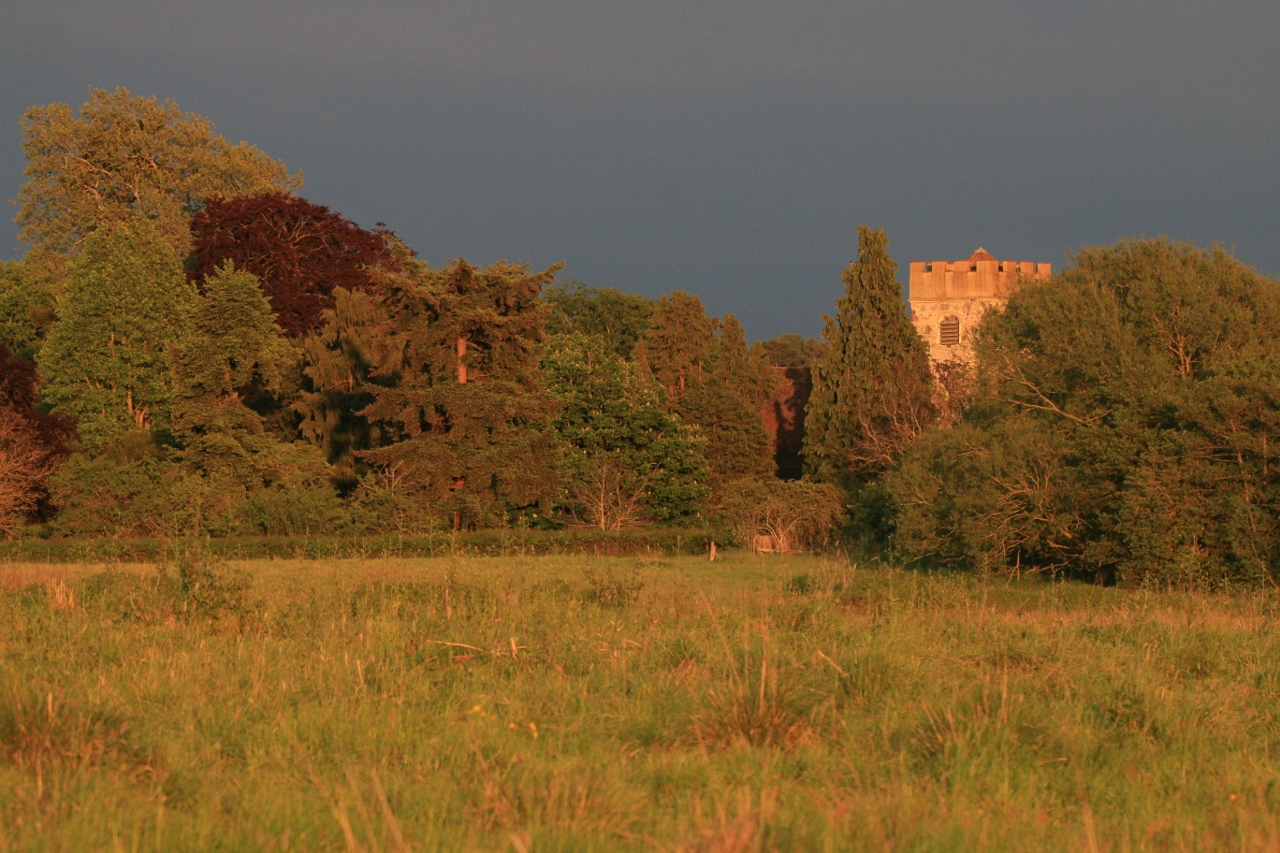

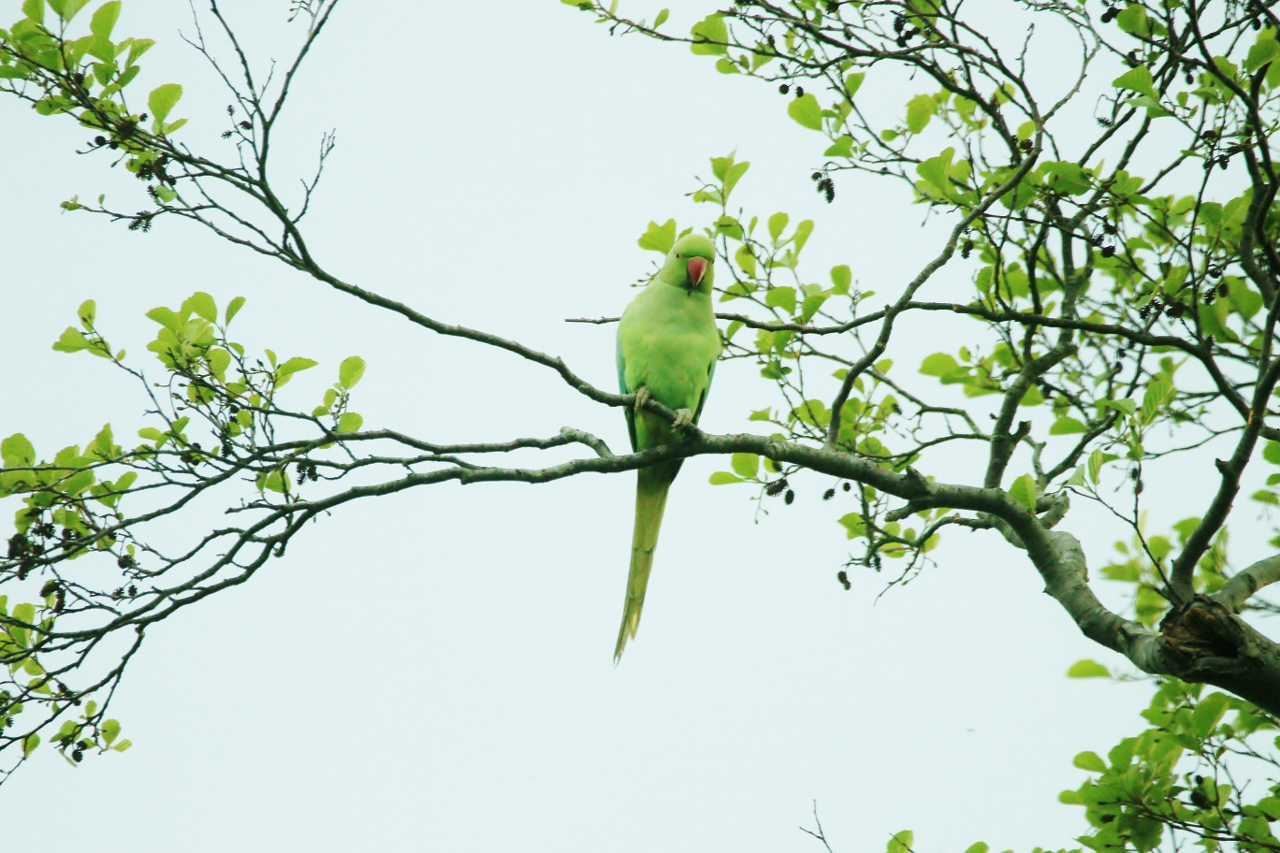

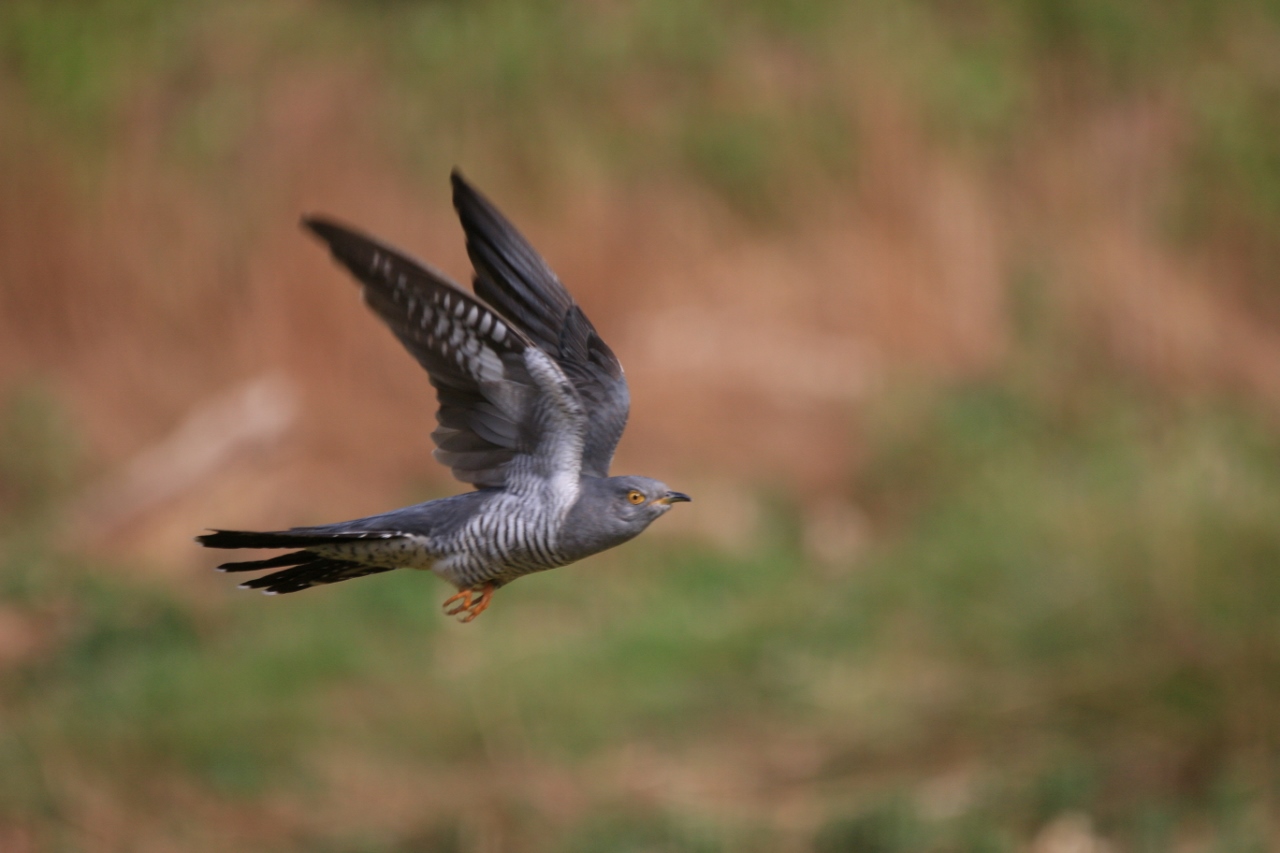

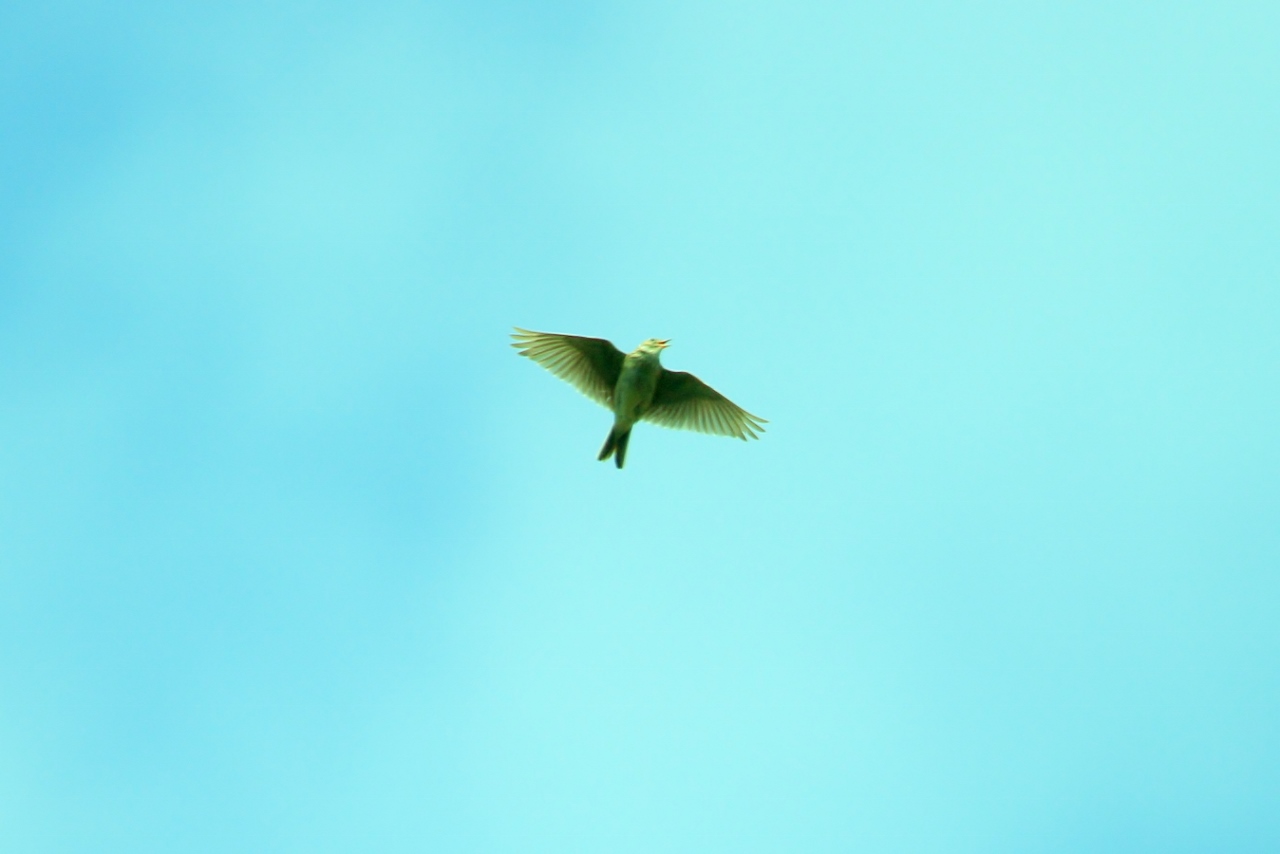
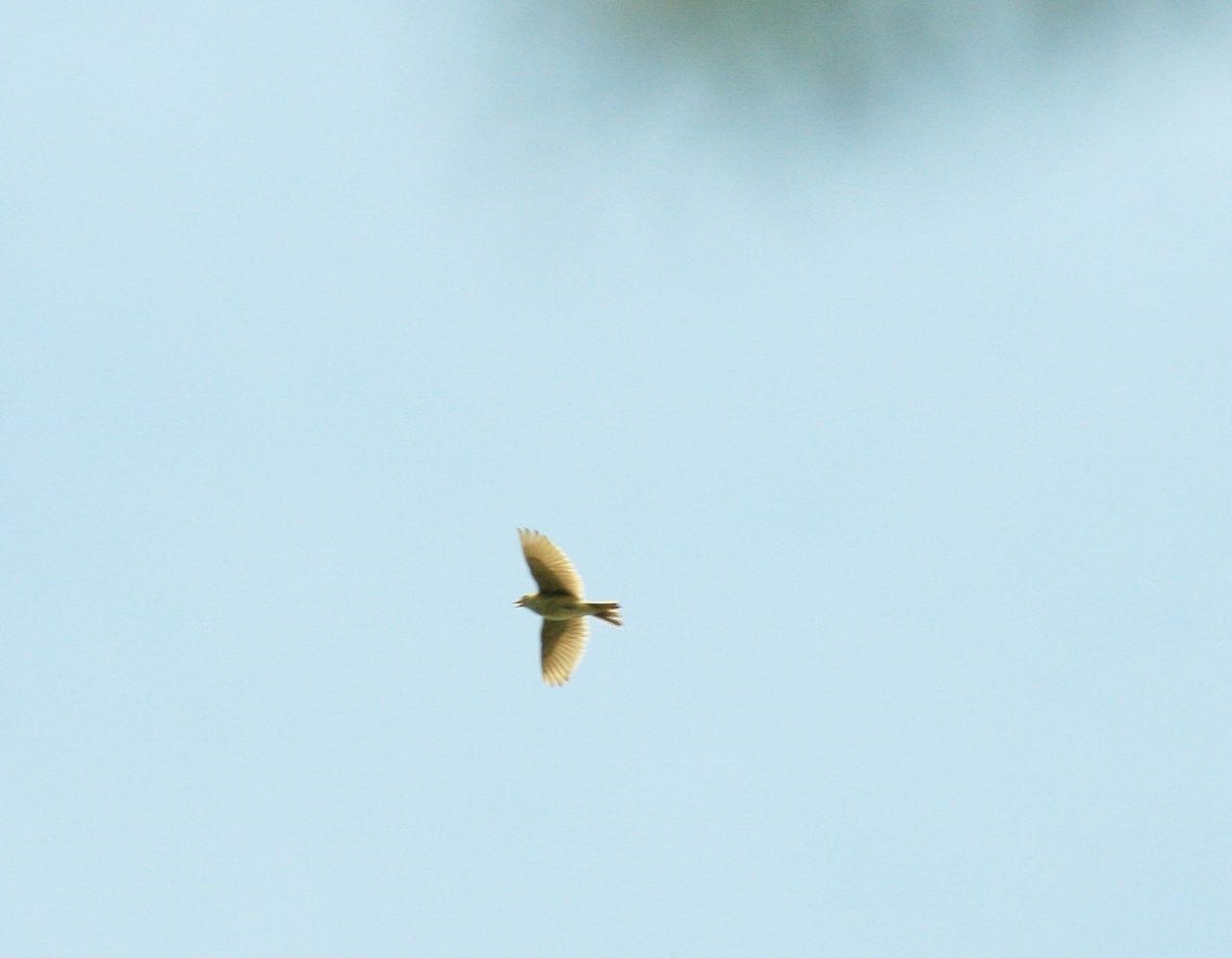

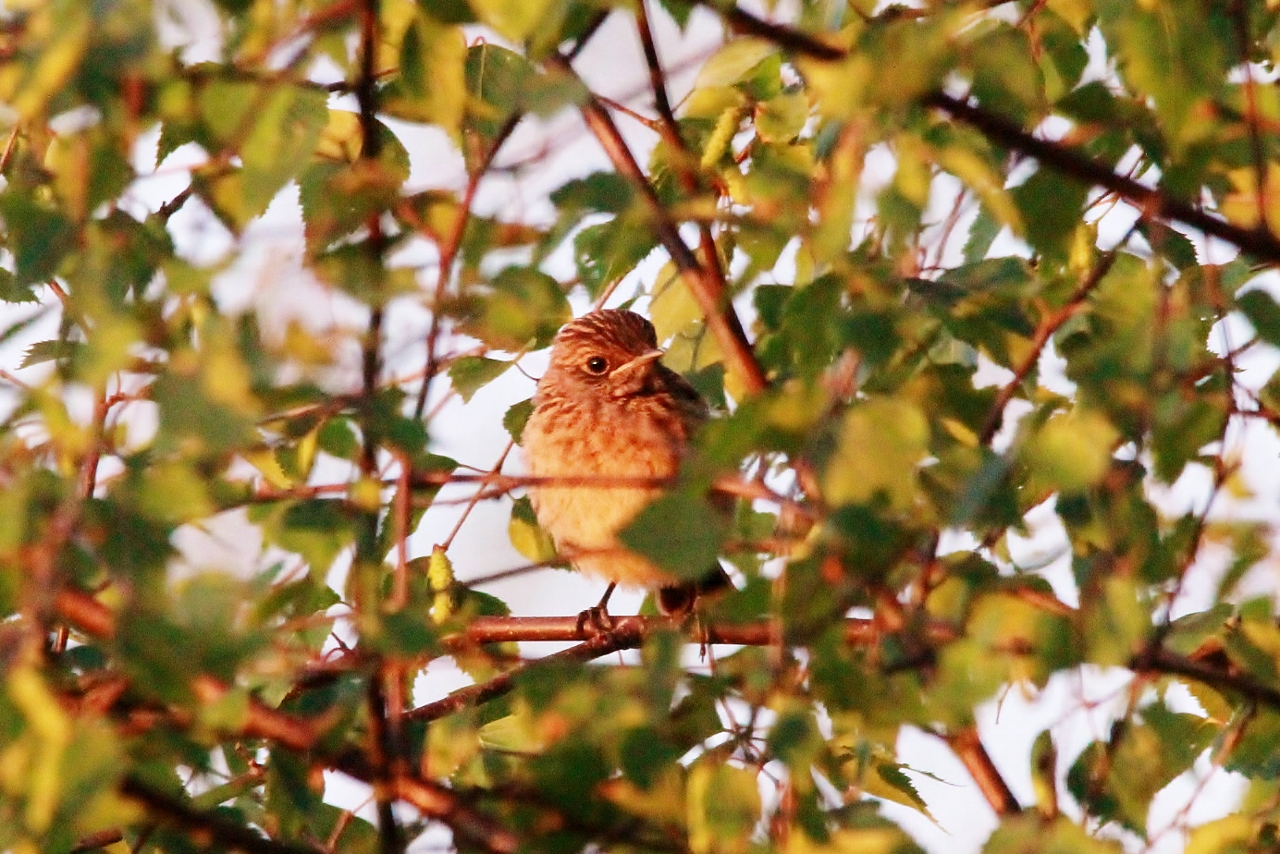
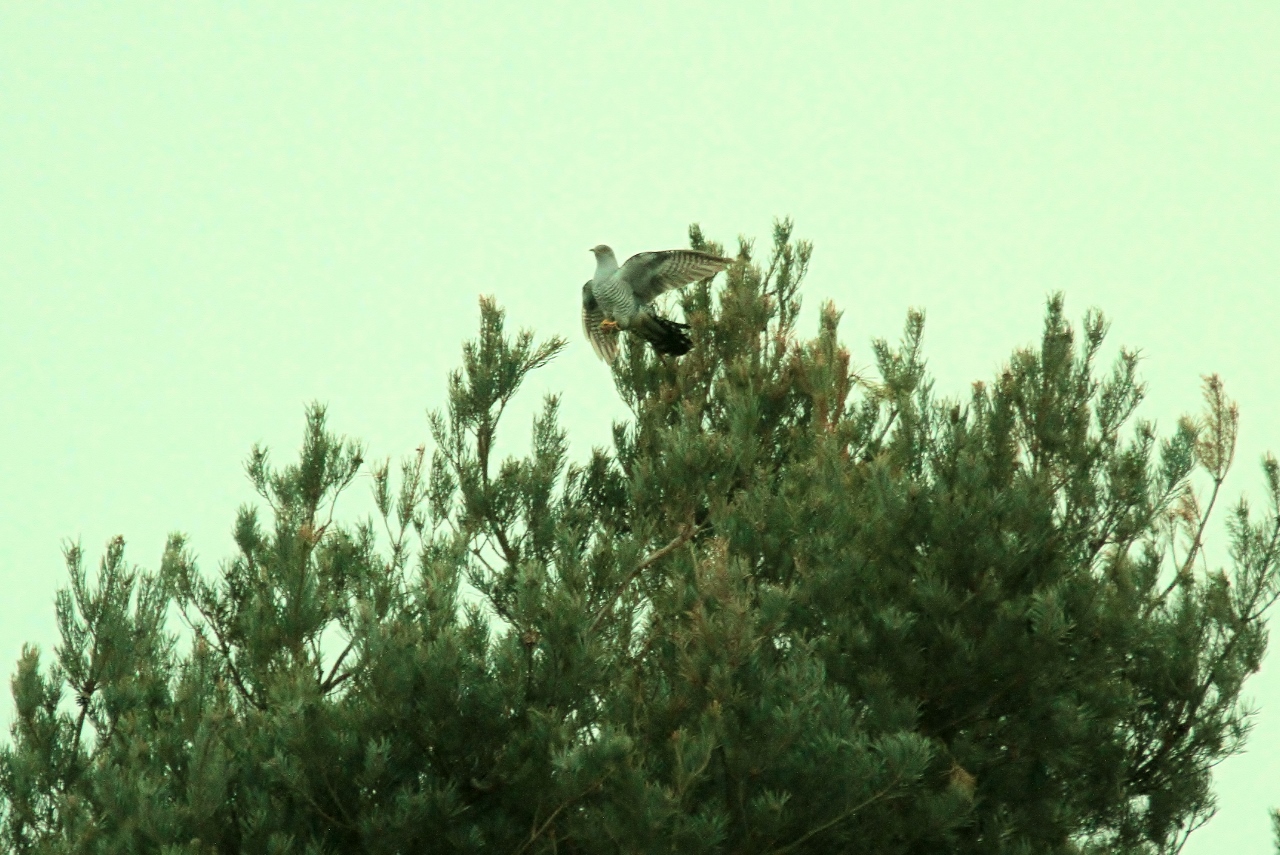
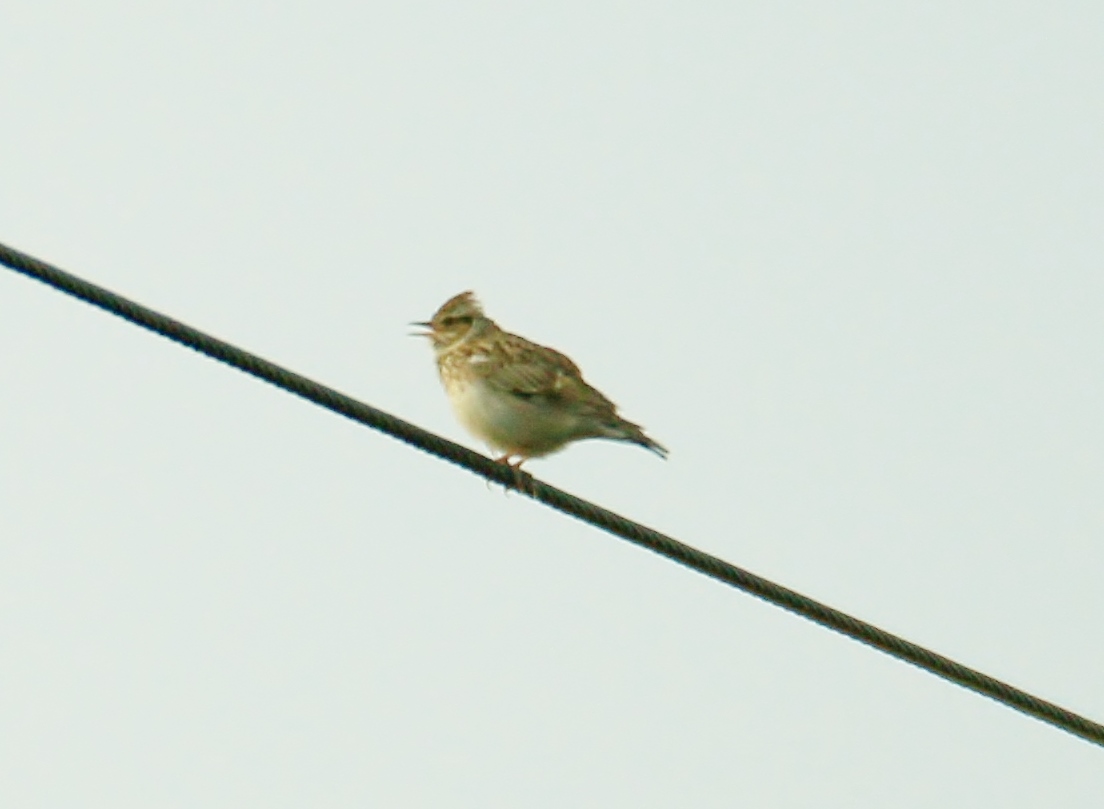

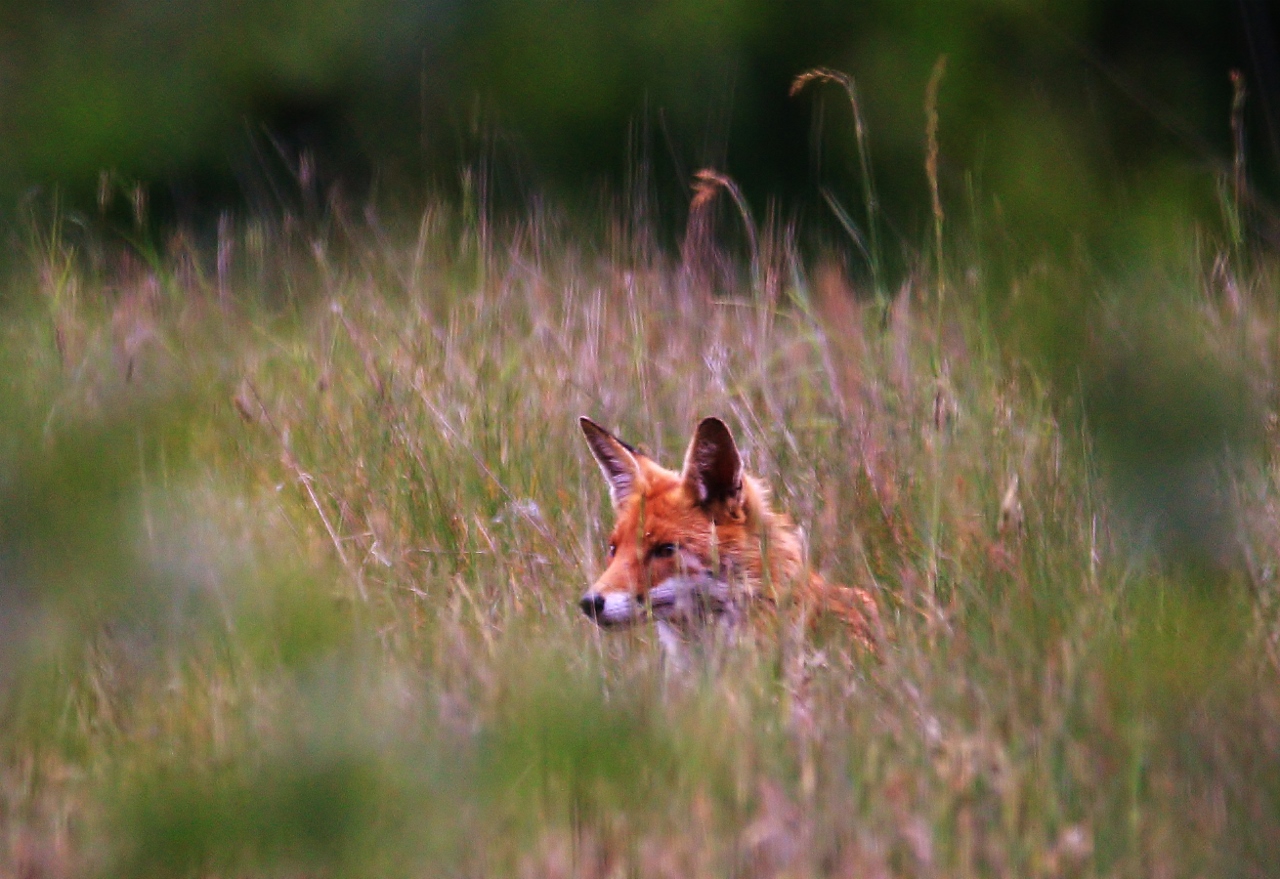
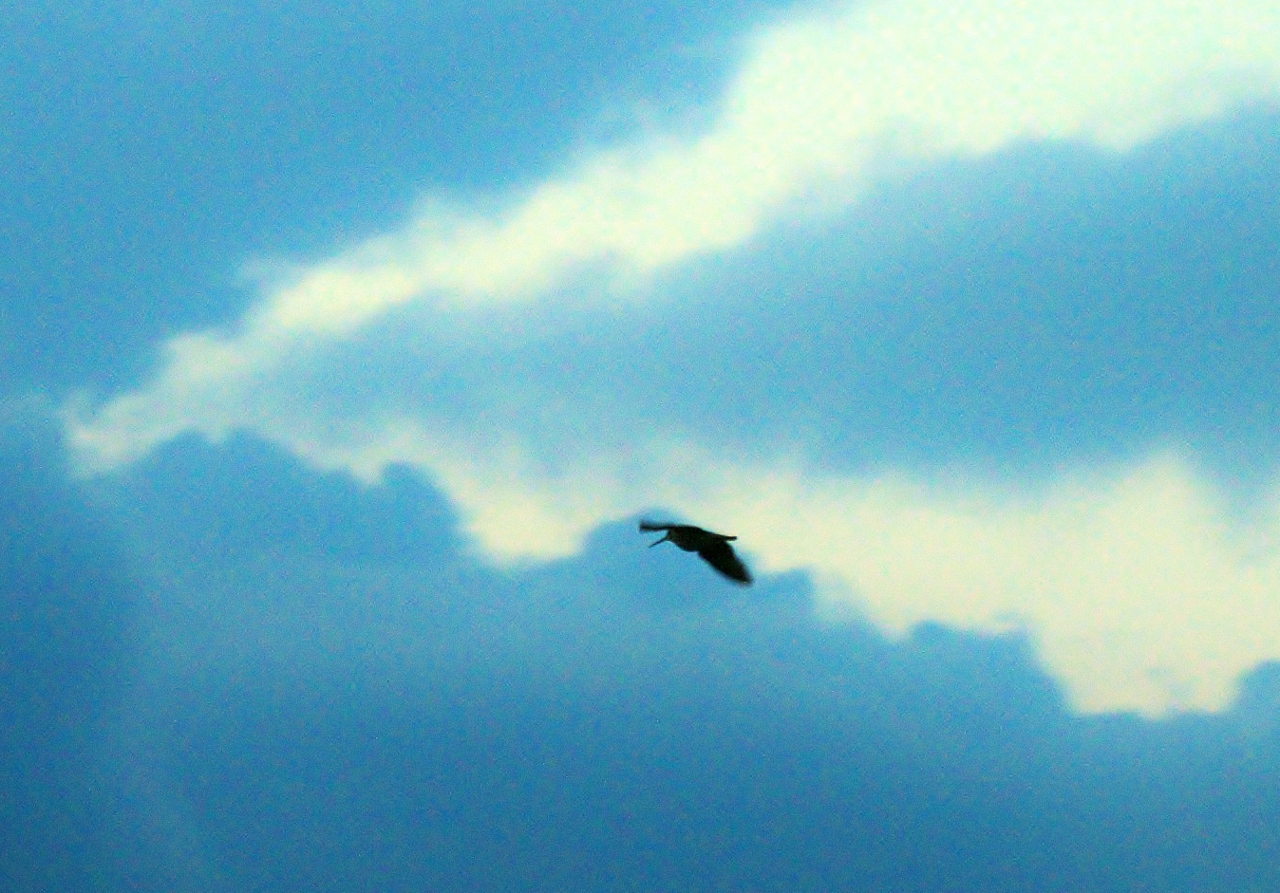
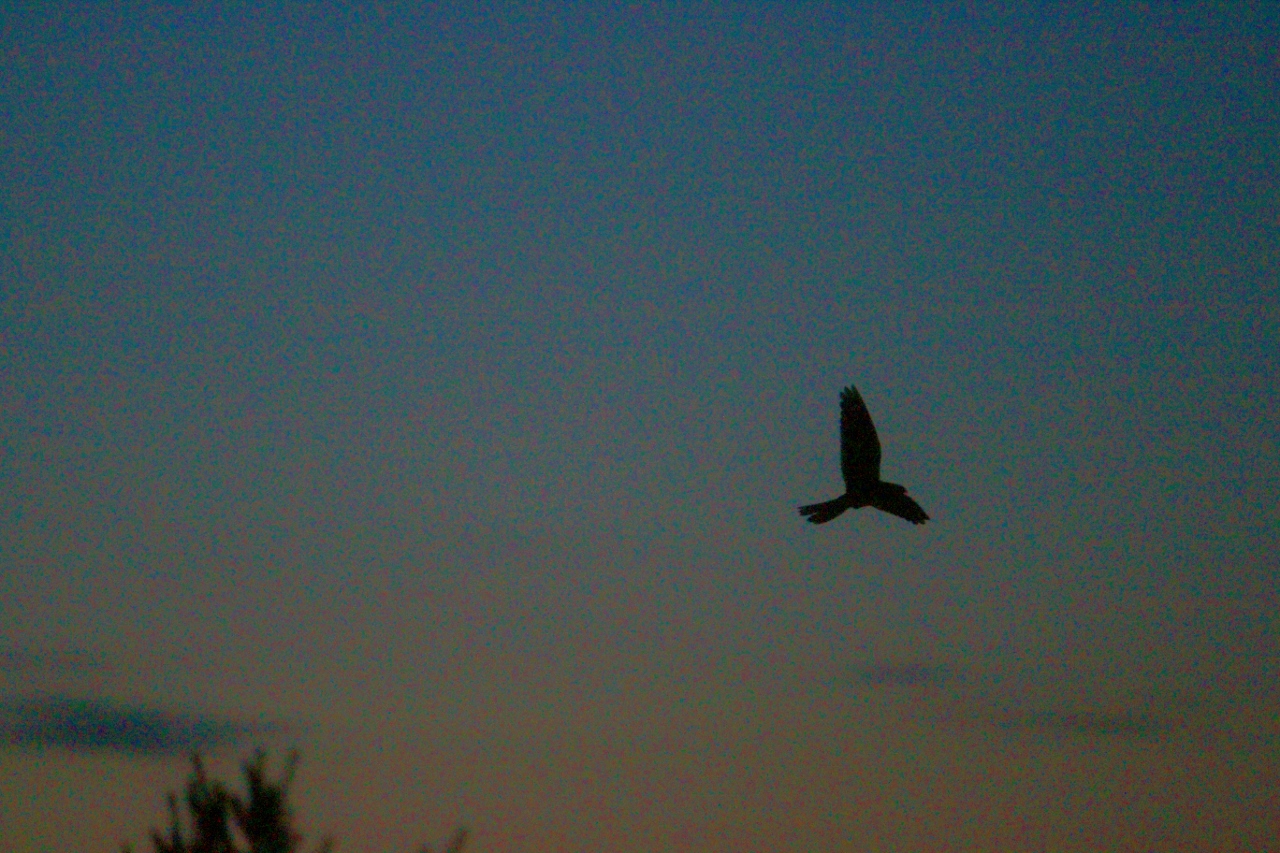
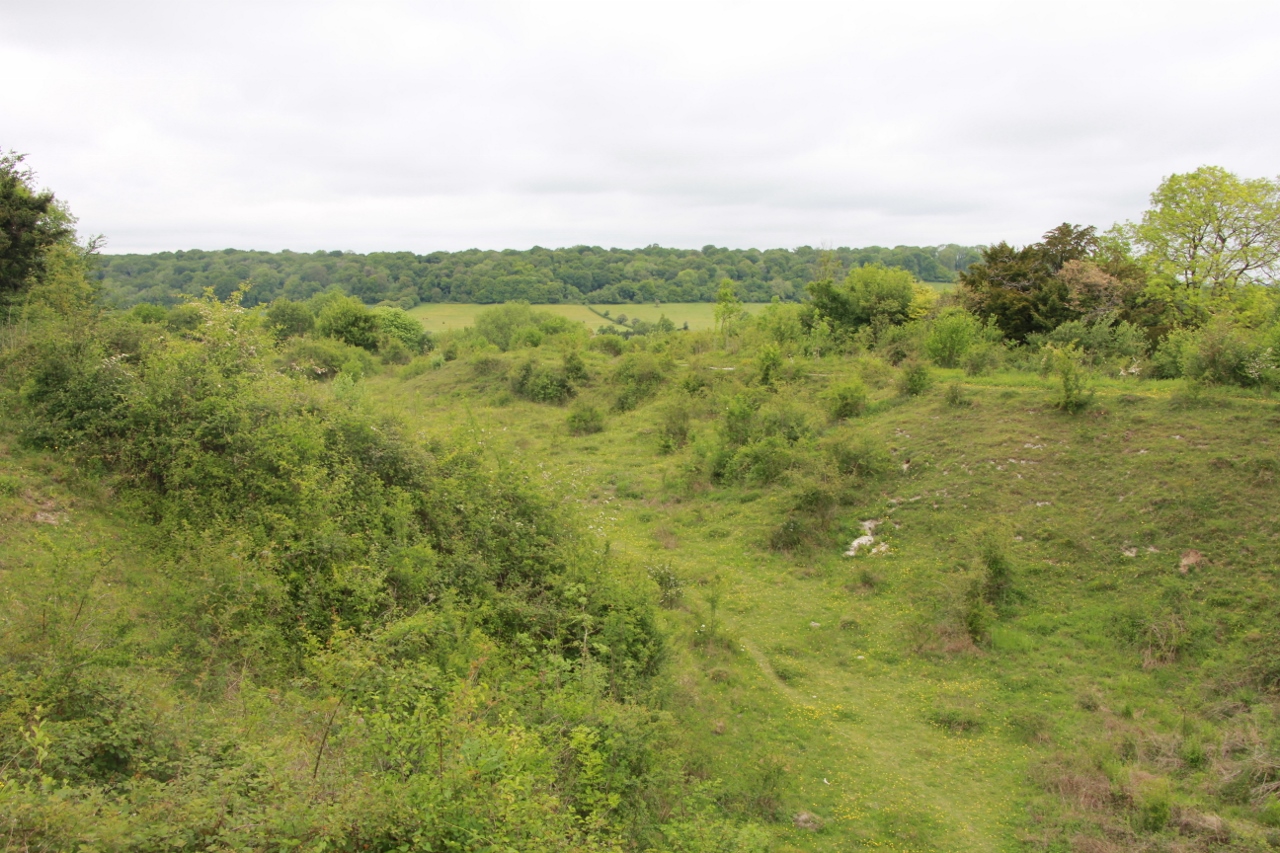


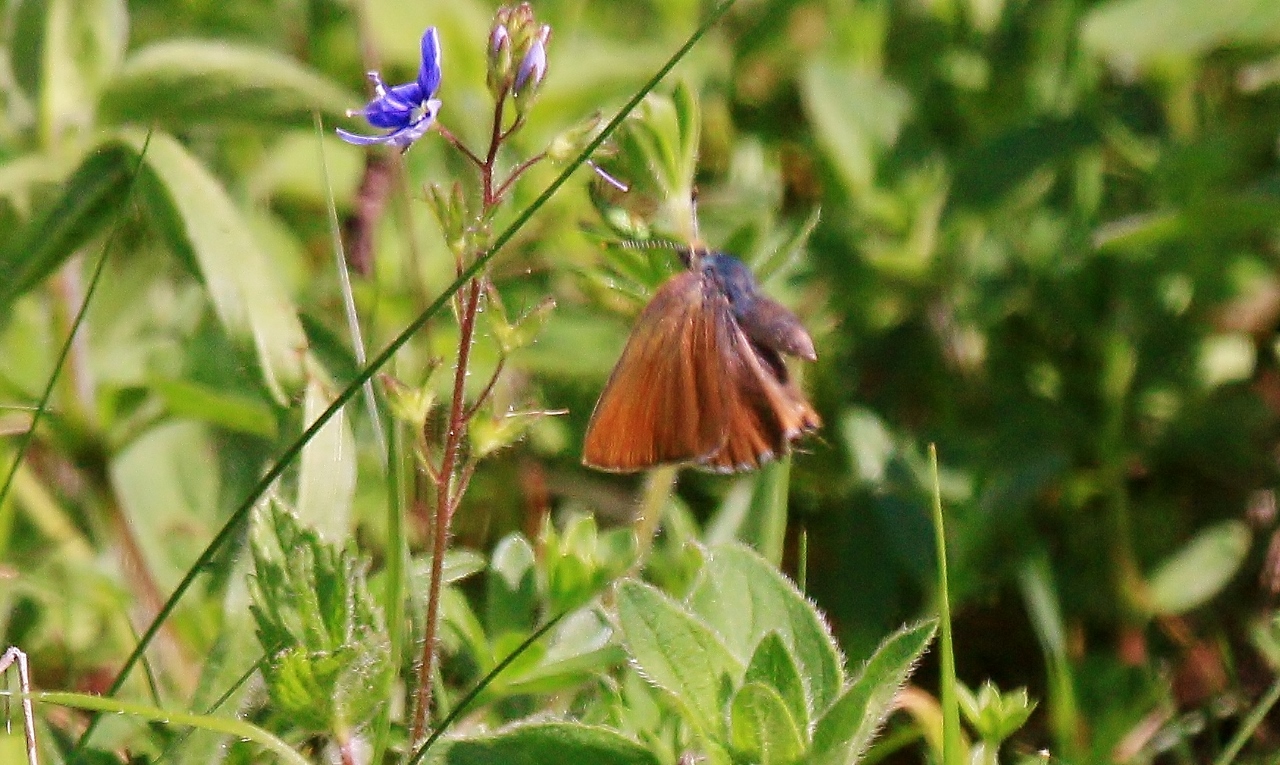

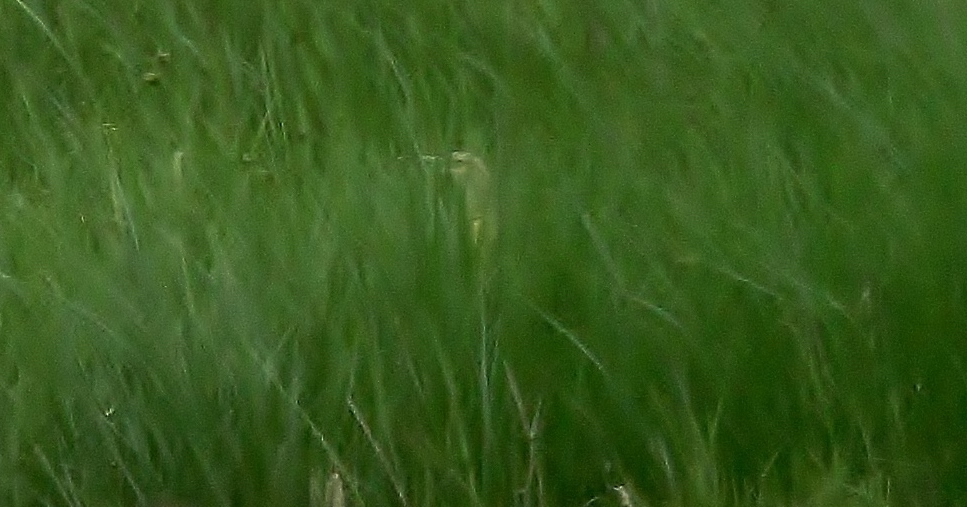
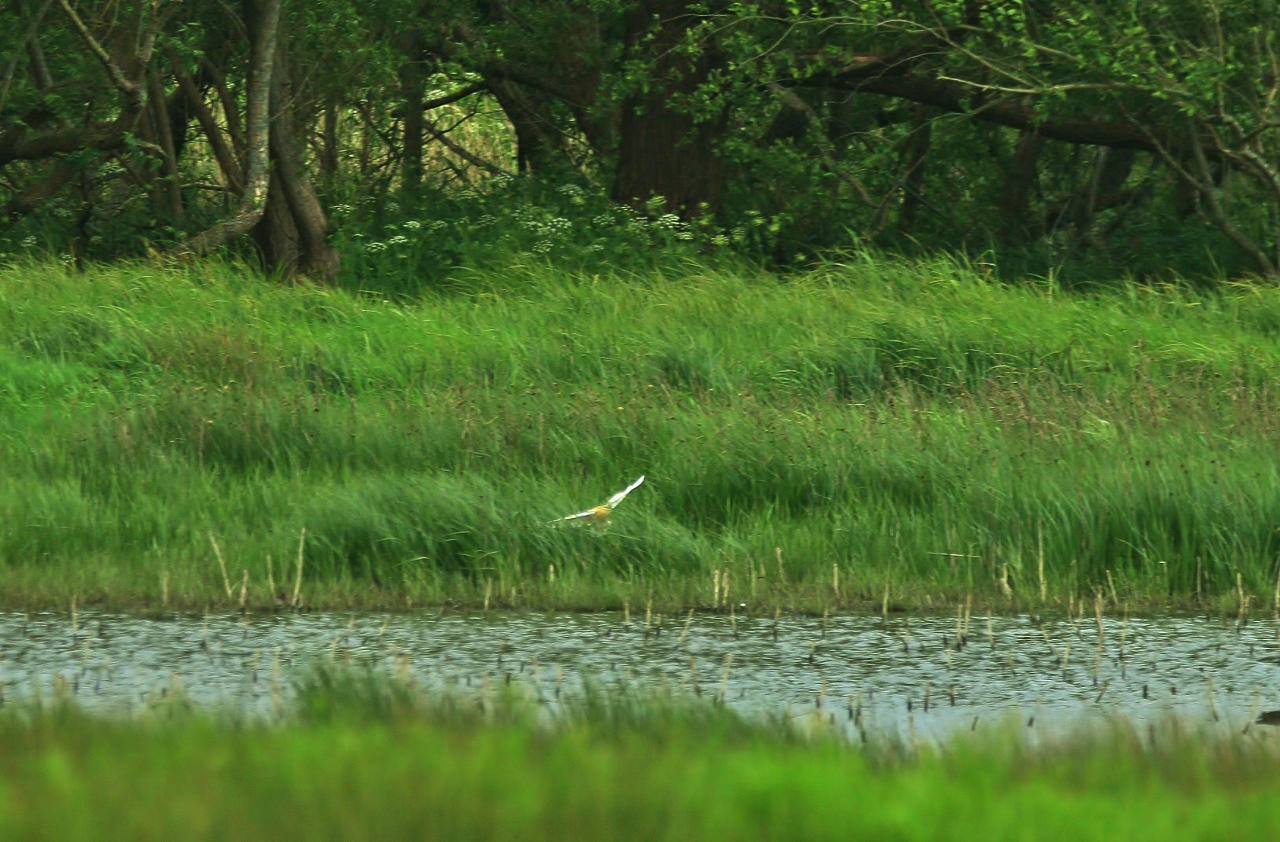










Harry Eve
June 10, 2019 at 11:47 am
Thank you Malcolm for sharing your superb photos of butterflies in flight – especially capturing the upper side of the green hairstreak.
Spotting a green hairstreak is not easy in any case because they settle with only the underside visible – and green on a green background is good camouflage.
Malcolm’s photos remind us of the rewards of a wander in the countryside if we also take our time and observe.